Giresun
Popular places to visit in Giresun;
First Day
On the first day, have breakfast with local flavors of Giresun and you are ready to start wandering through Giresun, the city of green and blue. Start your Giresun tour with Gogora Church (Giresun Museum) (Gogora Kilisesi) (Giresun Müzesi), an Orthodox church dating from the mid-19th century, which is about 250 years old. Journey into Giresun's past in the Zeytinlik district, among historical houses and narrow streets. Pay a visit to the Tomb of Seyyid Vakkas (Seyyid Vakkas Türbesi), one of the frontier chiefs of Fatih Sultan Mehmet, the Historical National Garden (Tarihi Millet Bahçesi), old Governorship building, the Castle Mosque (Kale Cami), which is thought to have been built by Hacı Muhiddin Ağa, in the Lonca district, where Muslims lived in the Ottoman period and proceed with Giresun Castle (Giresun Kalesi), which is called the "Bronze Walled Castle" (Bronz Duvarlı Kale) in ancient sources. The castle is an ideal point to watch Giresun, where green and blue converge, from above. Move on to Giresun Island (Giresun Adası), the only island in the Eastern Black Sea that was inhabited in ancient and medieval times and inherits many legends. Complete the day in the city center with souvenir shopping.
Second Day
Start with a plateau journey along the Aksu Valley where you will be satisfied with every shade of green in Giresun; see the Kuzalan Natural Park (Kuzalan Tabiat Parkı), which contains 1800 meters of travertines inside the forest, carbonated and sulfurous water springs, and natural wonder waterfalls.
Continue a fascinating exploration in nature with the Mavi Lake (Blue Lake) (Mavi Göl), a true wonder of nature, which is known as the Göğ Göl by the local people, because of its changing color according to the color of the sky.
After a pleasant nature walk in the Kulakkaya Plateau (Kulakkaya Yaylası) and the Akçakbel Recreation Area (Alçakbel Mesire Alanı), visit the Halil Rıfat Pasha Tunnel (Halil Rıfat Paşa Tüneli), which was built under the leadership of Sultan Abdulhamid II and the struggles of the workers and villagers with hammers, and then continue to the Kümbet Plateau (Kümbet Yaylası) and Koçkayası Natural Park (Koçkaya Doğa Parkı) with their oxygen-rich air.




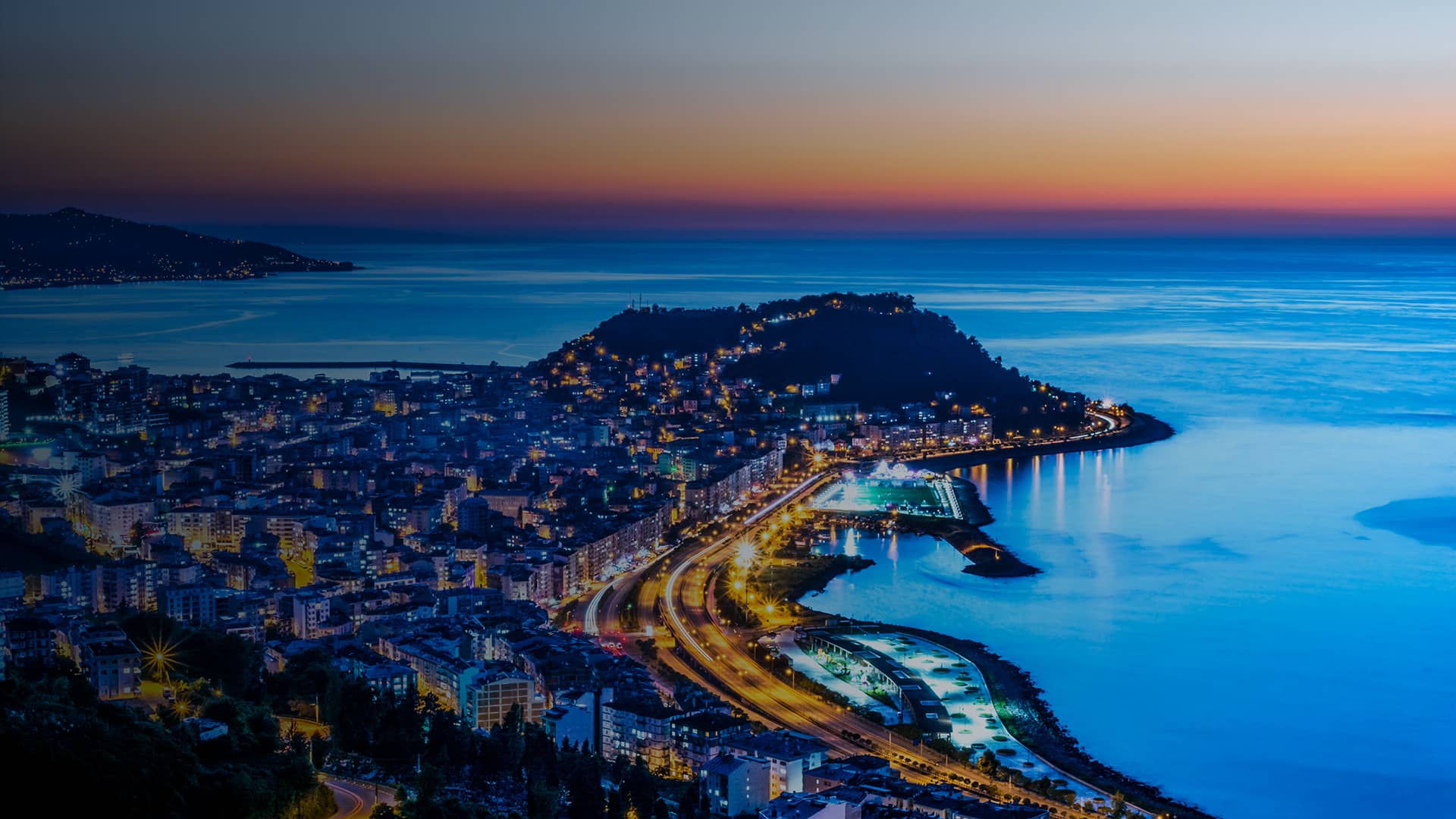
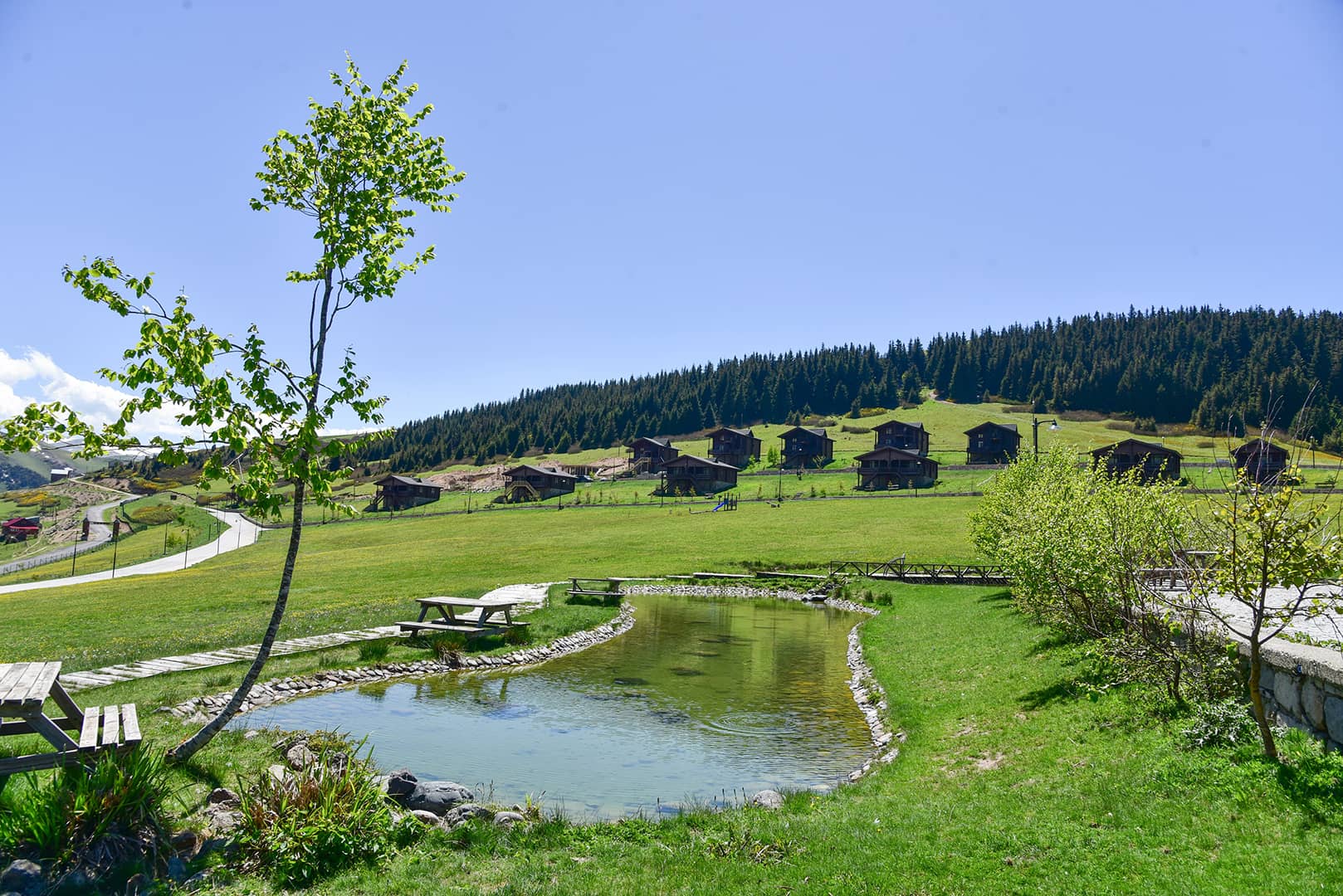
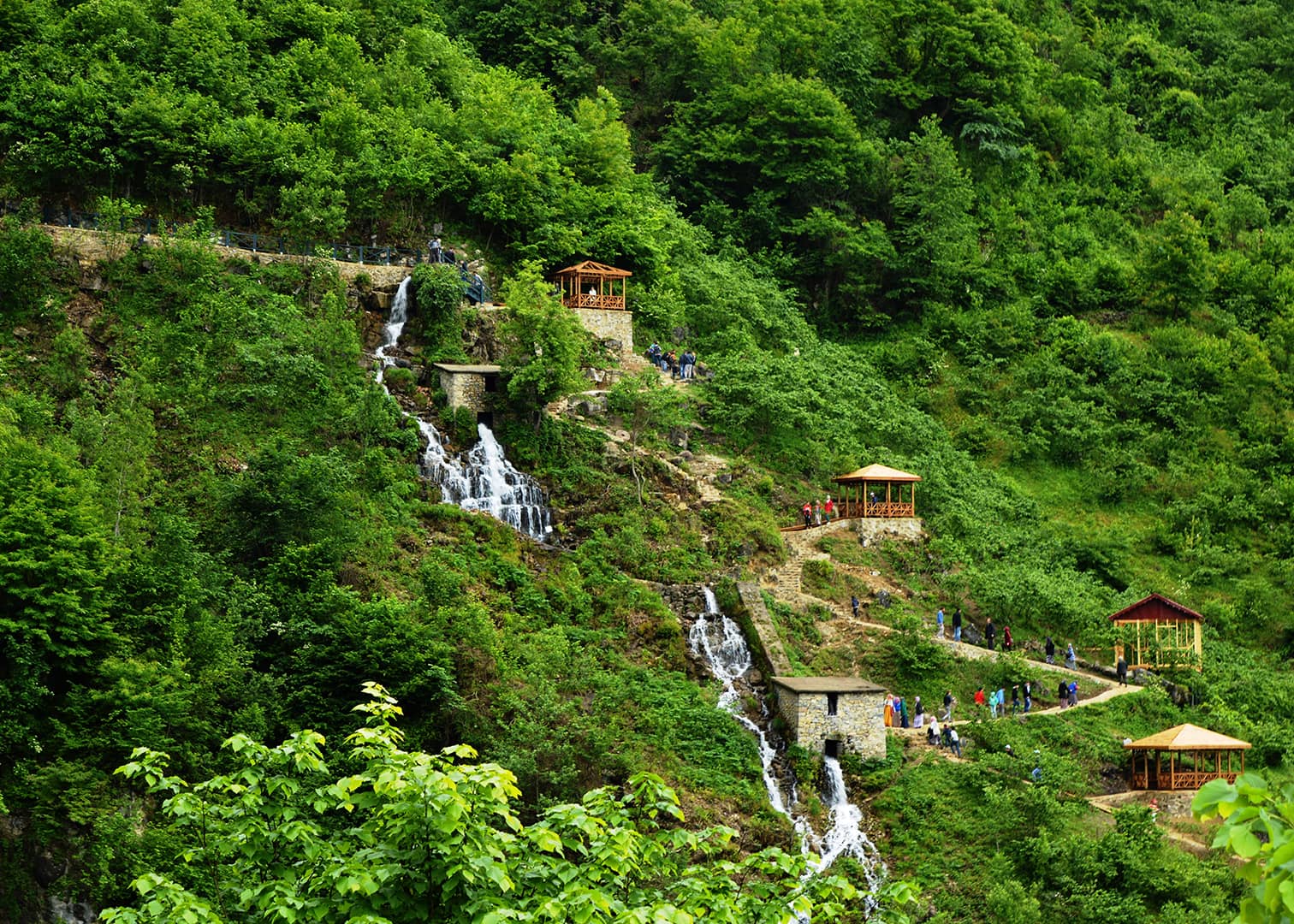
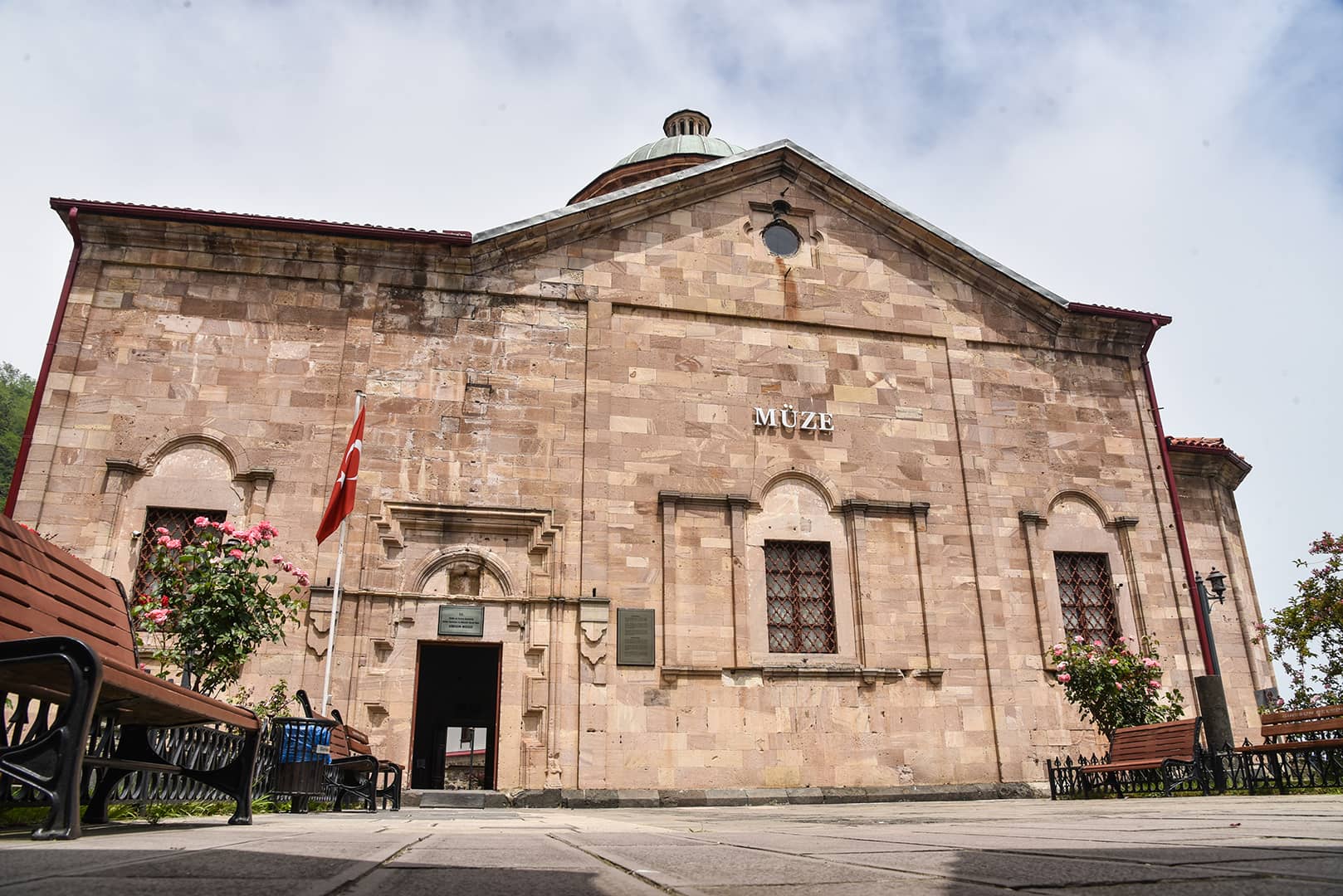
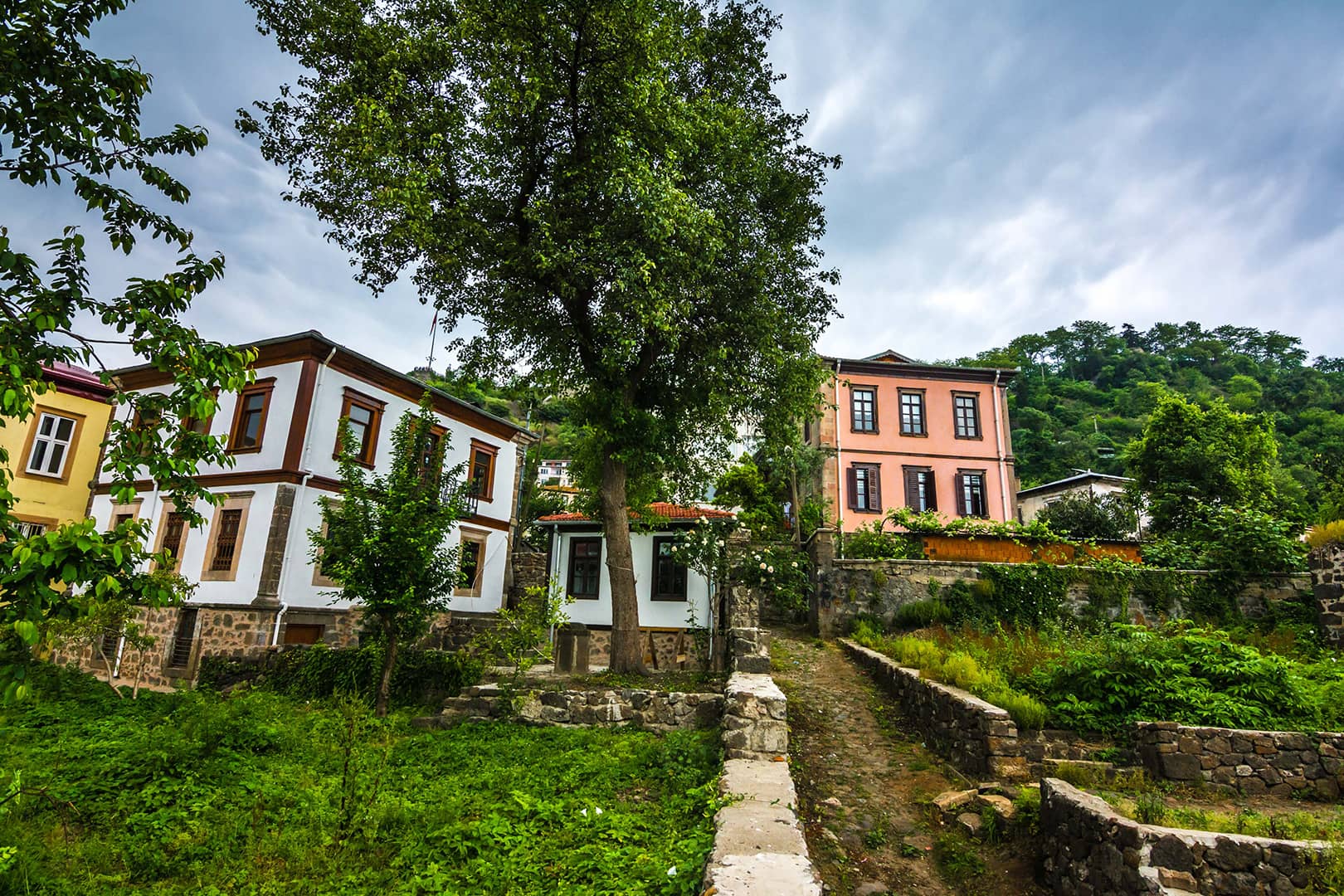
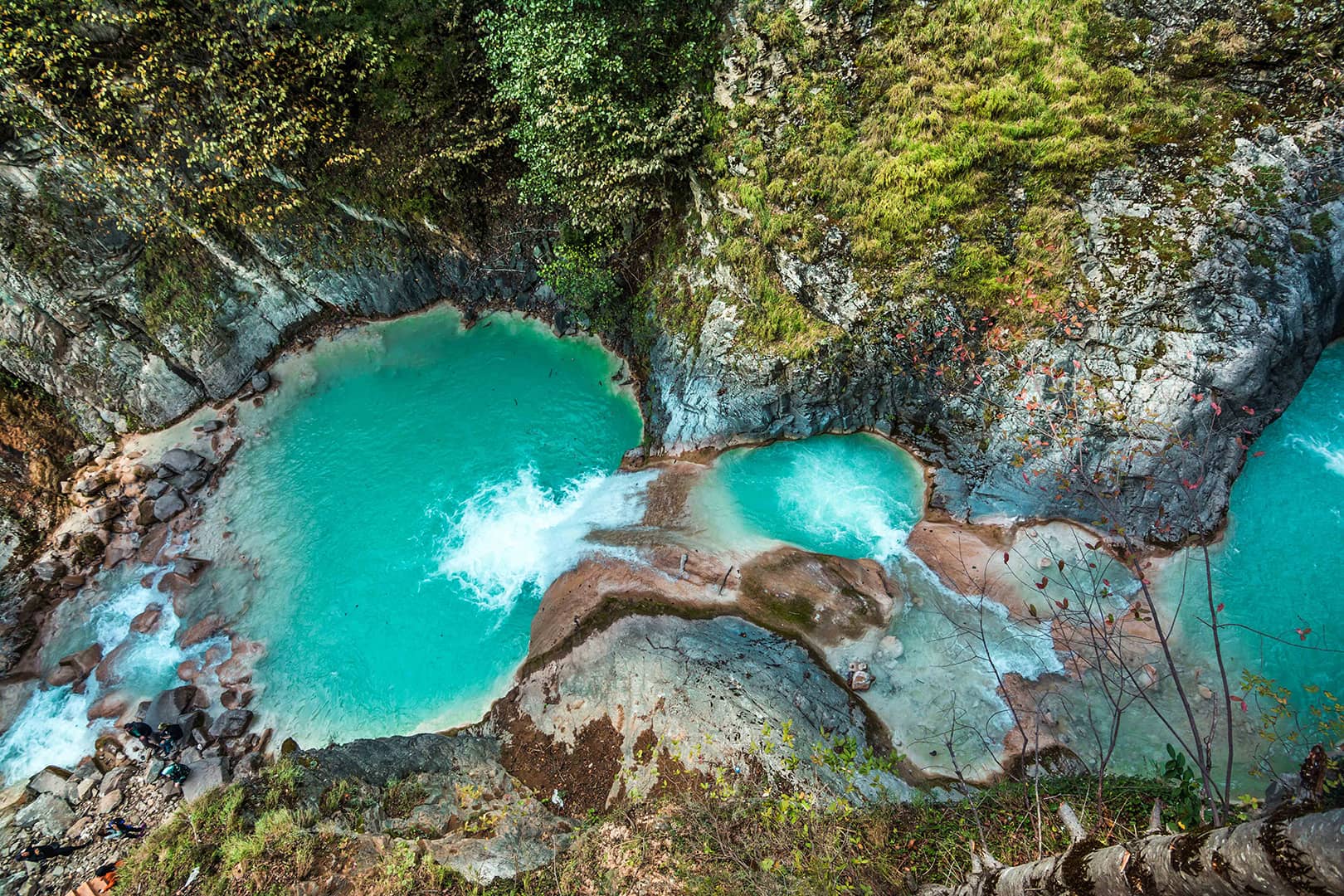
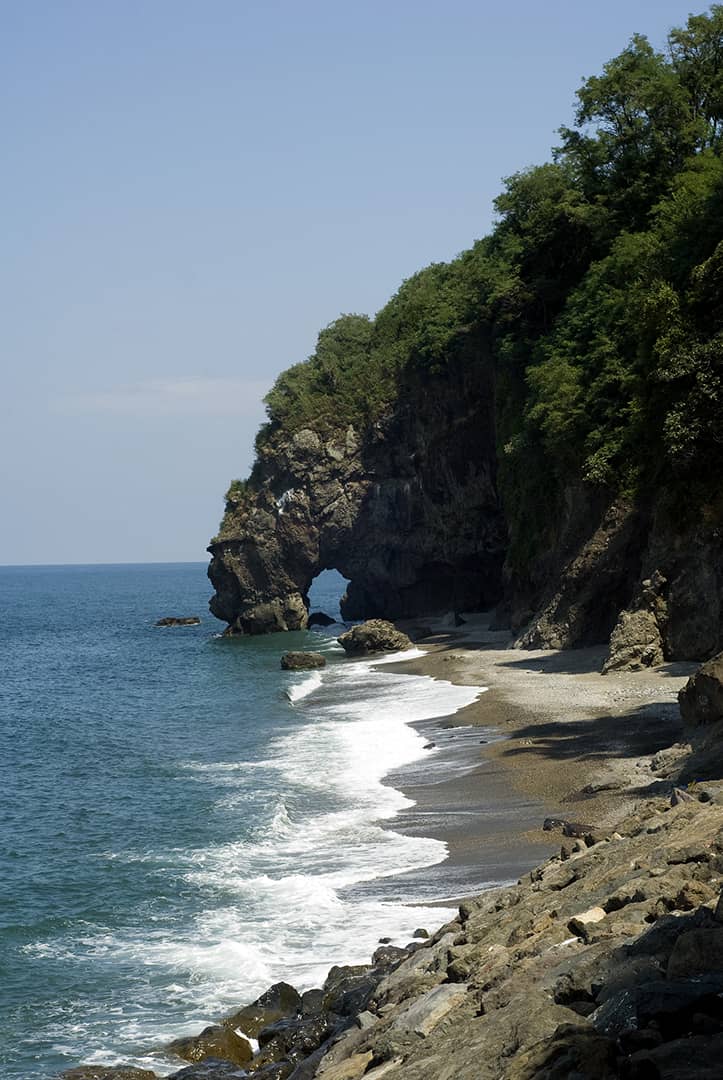
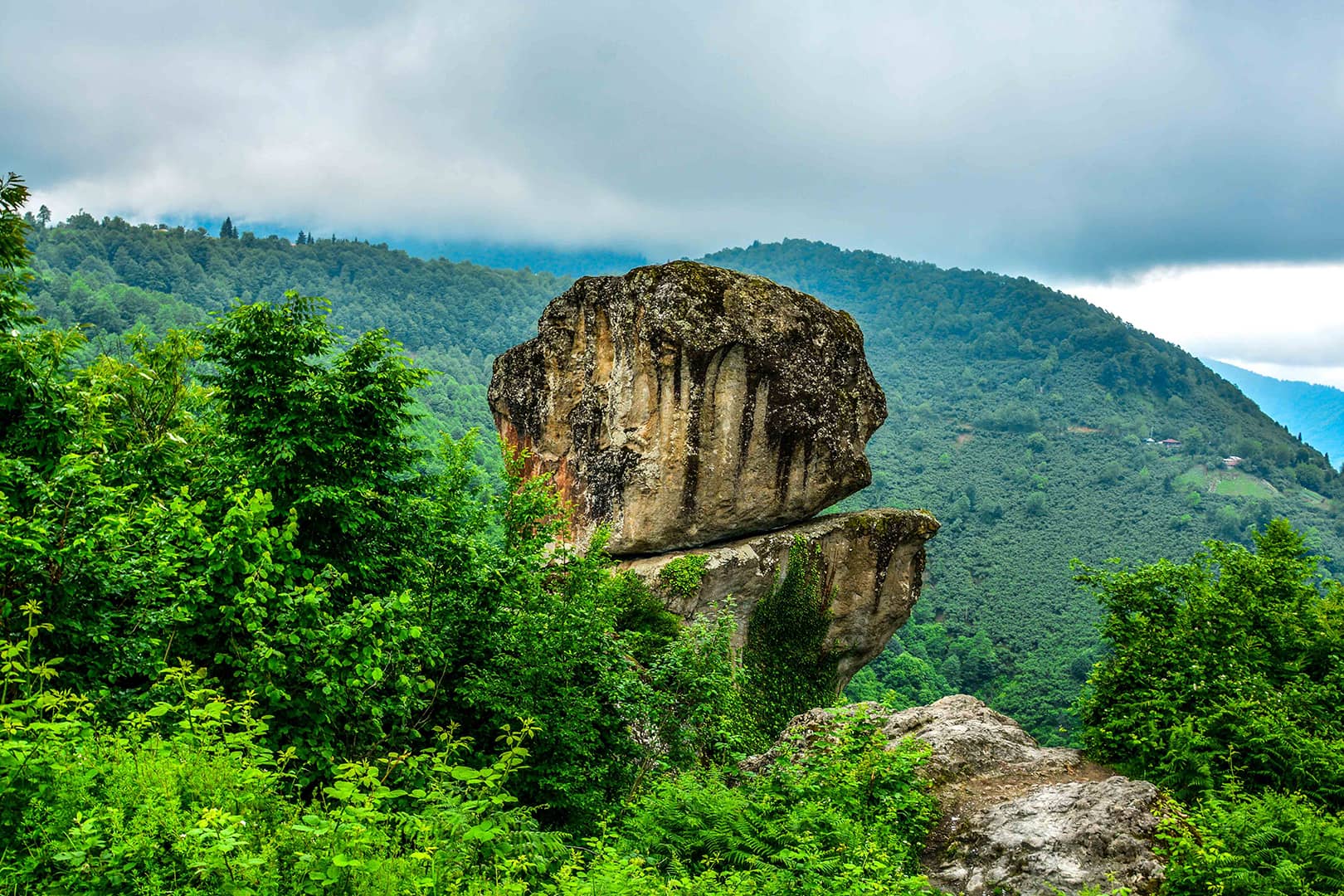
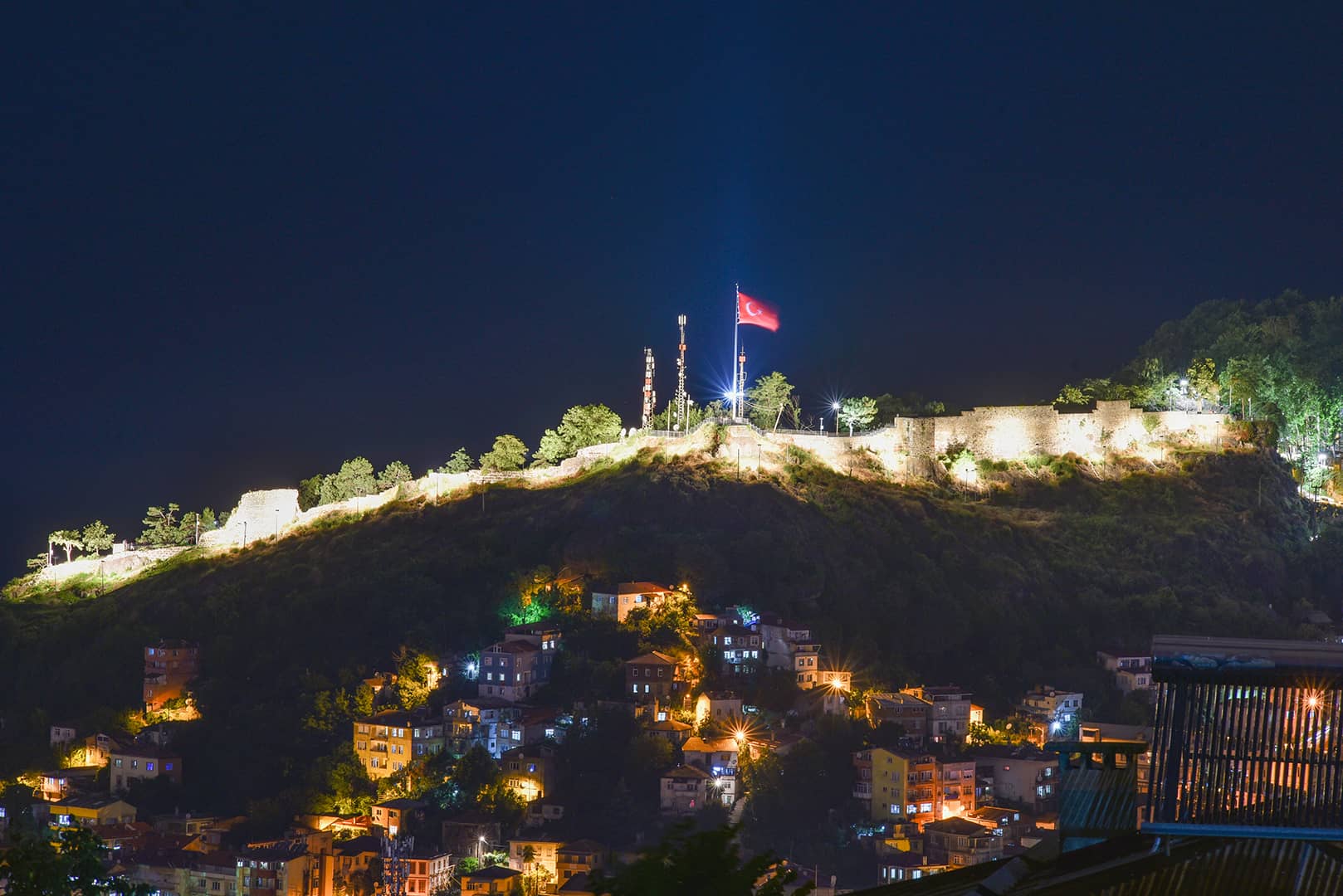
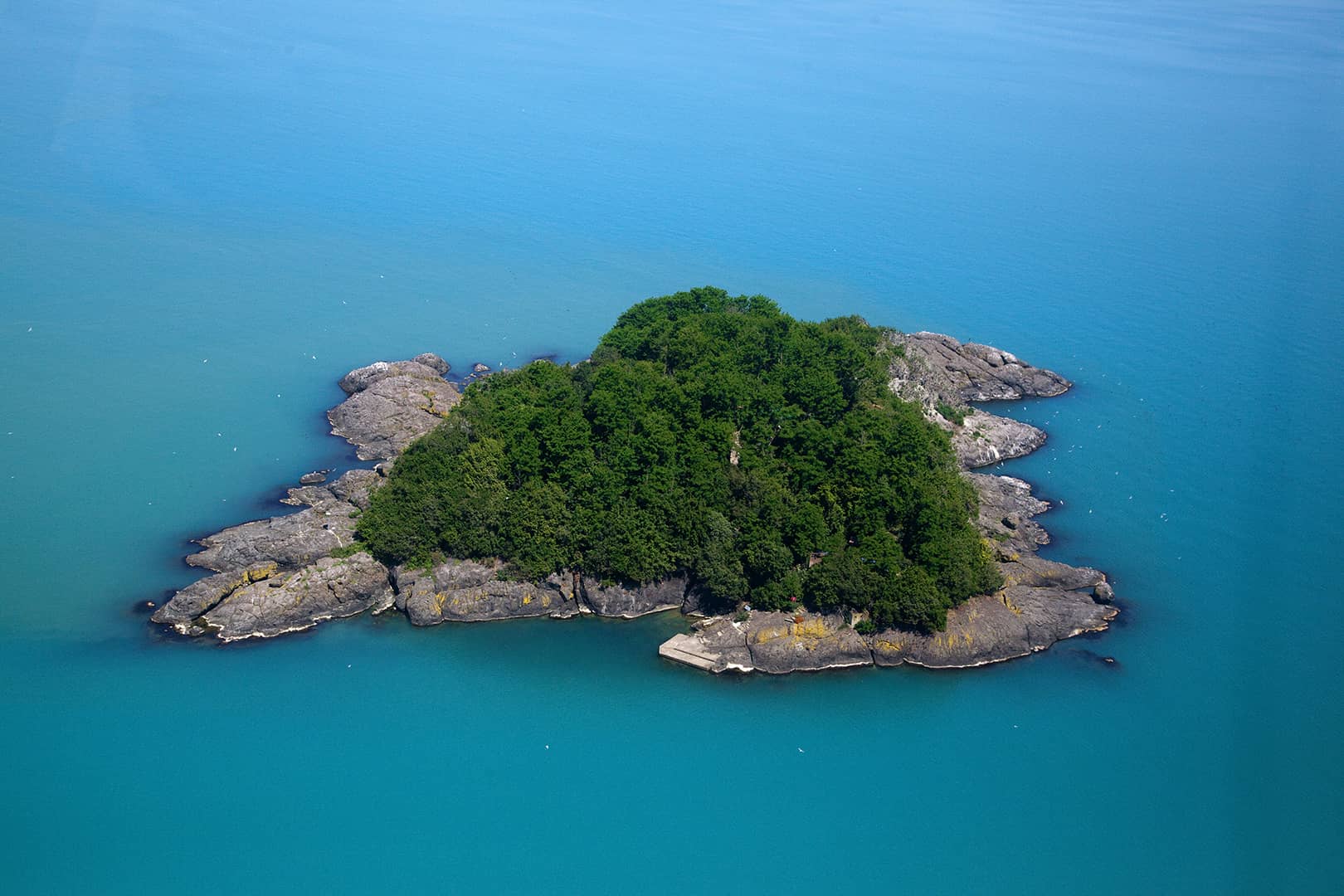
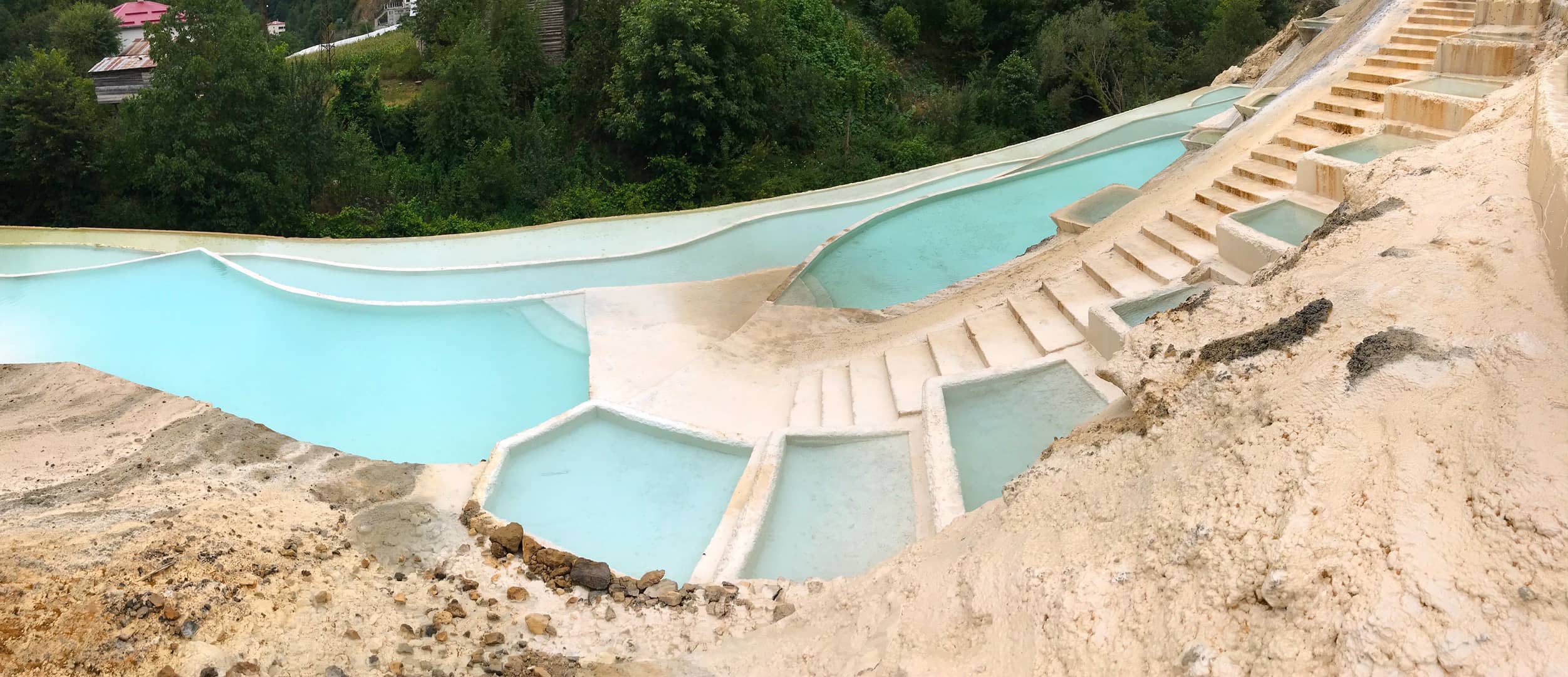

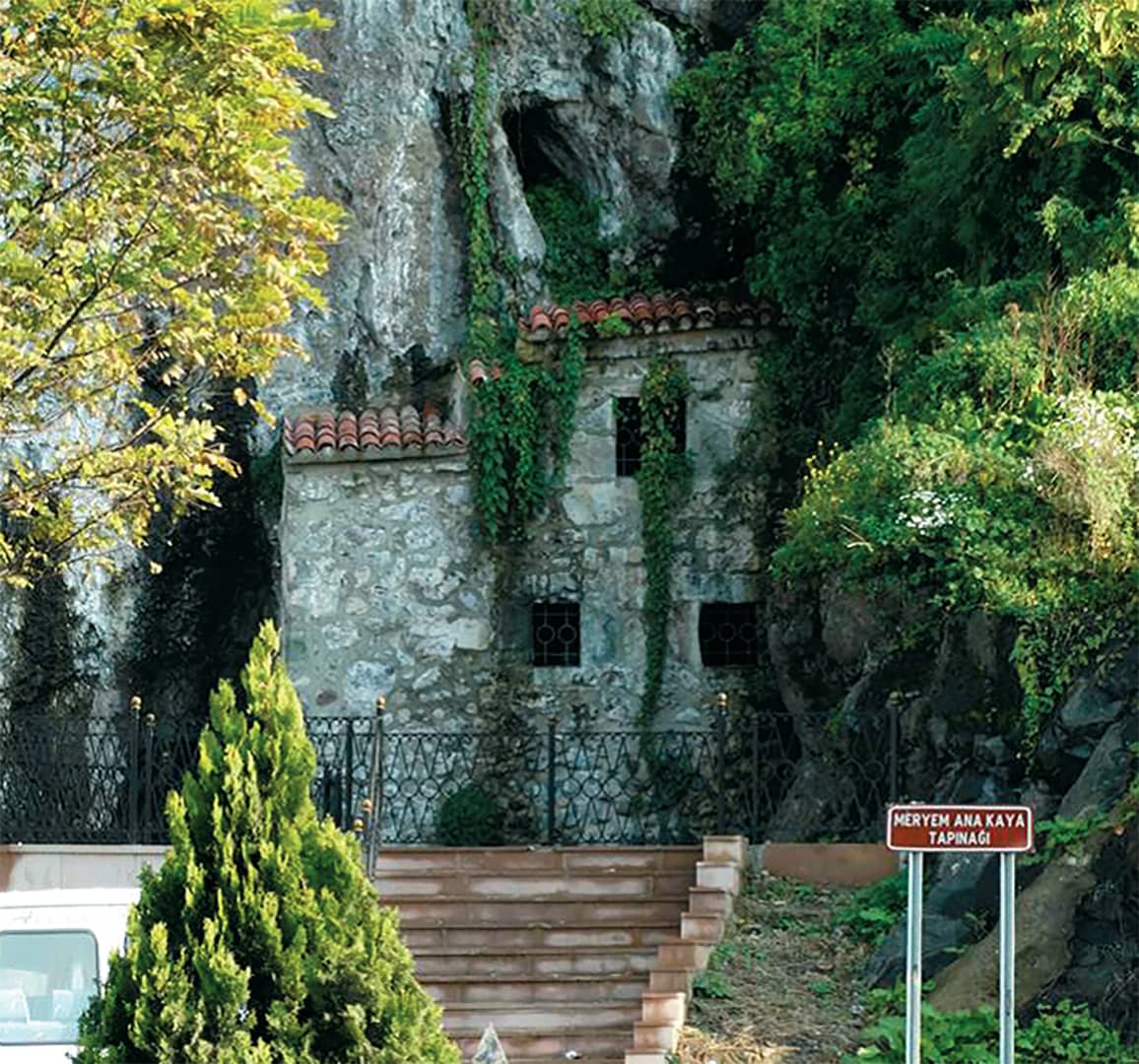
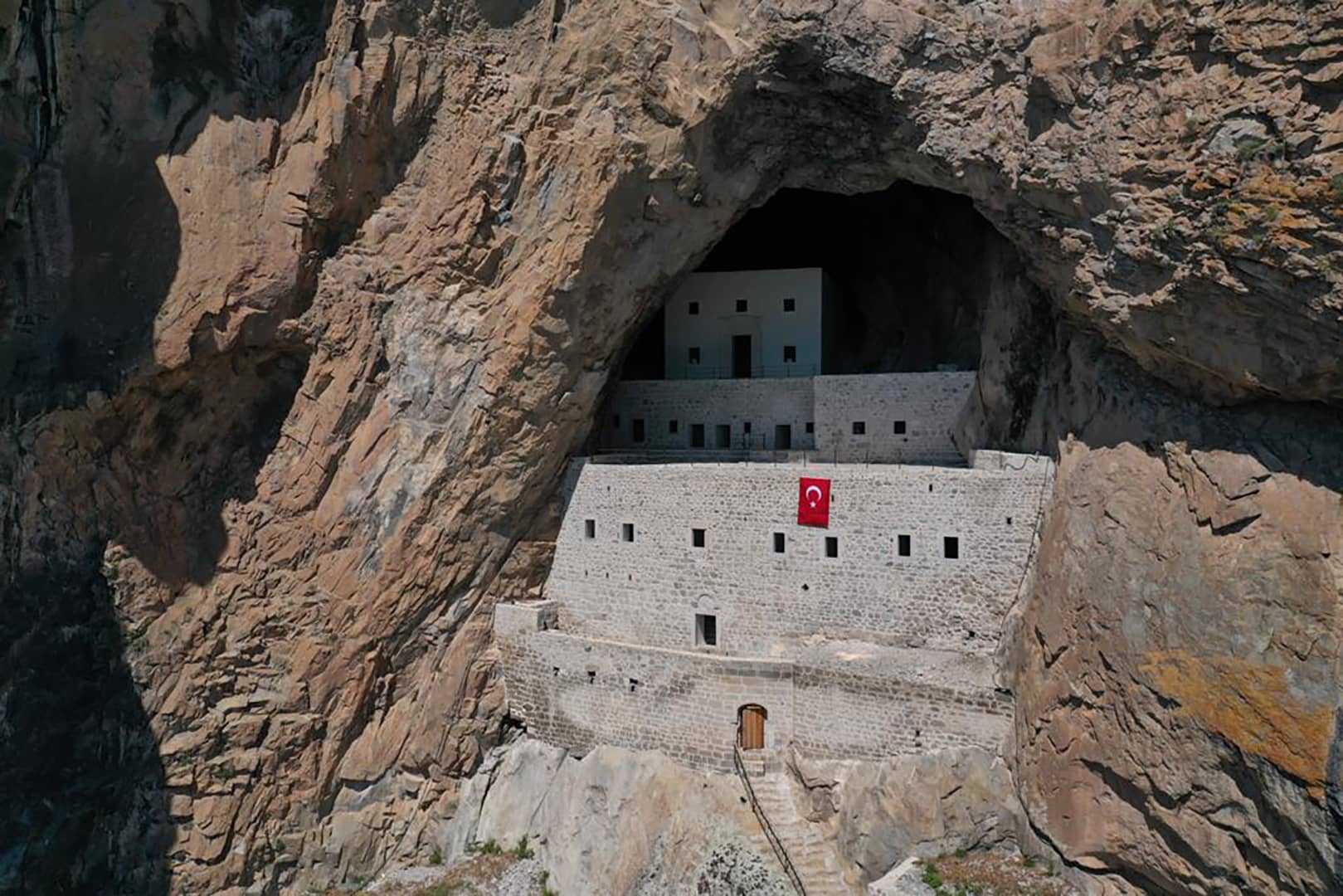
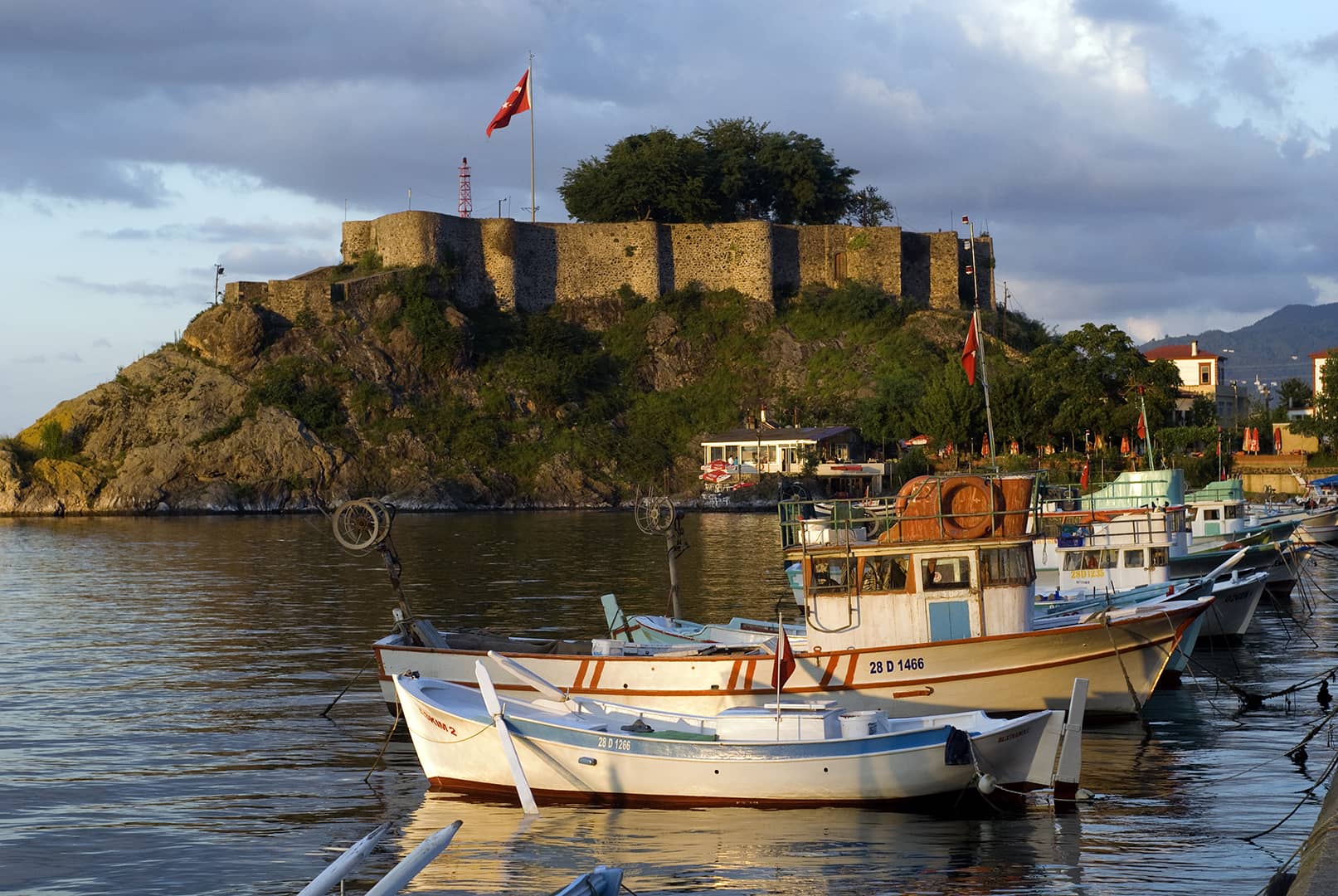
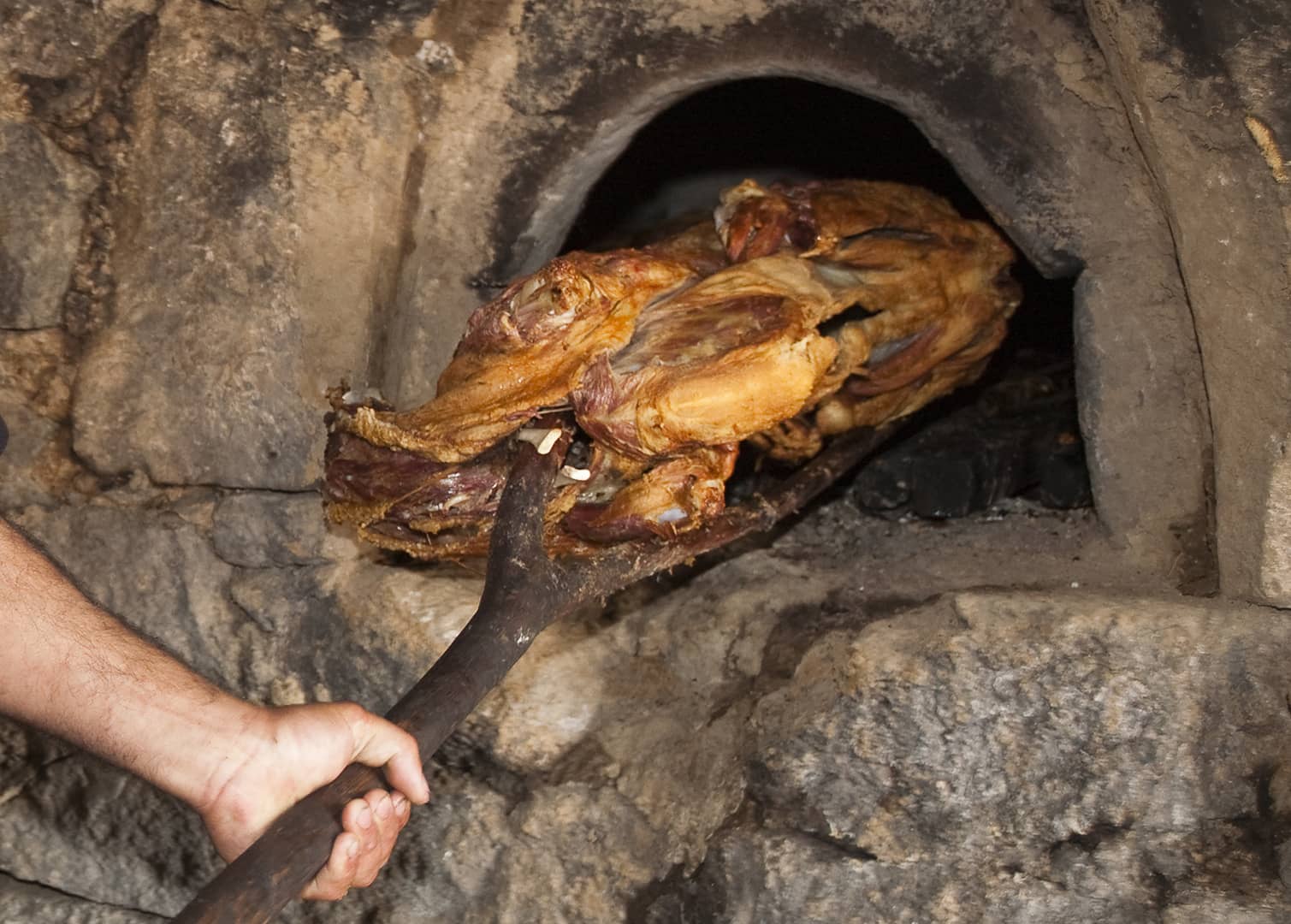
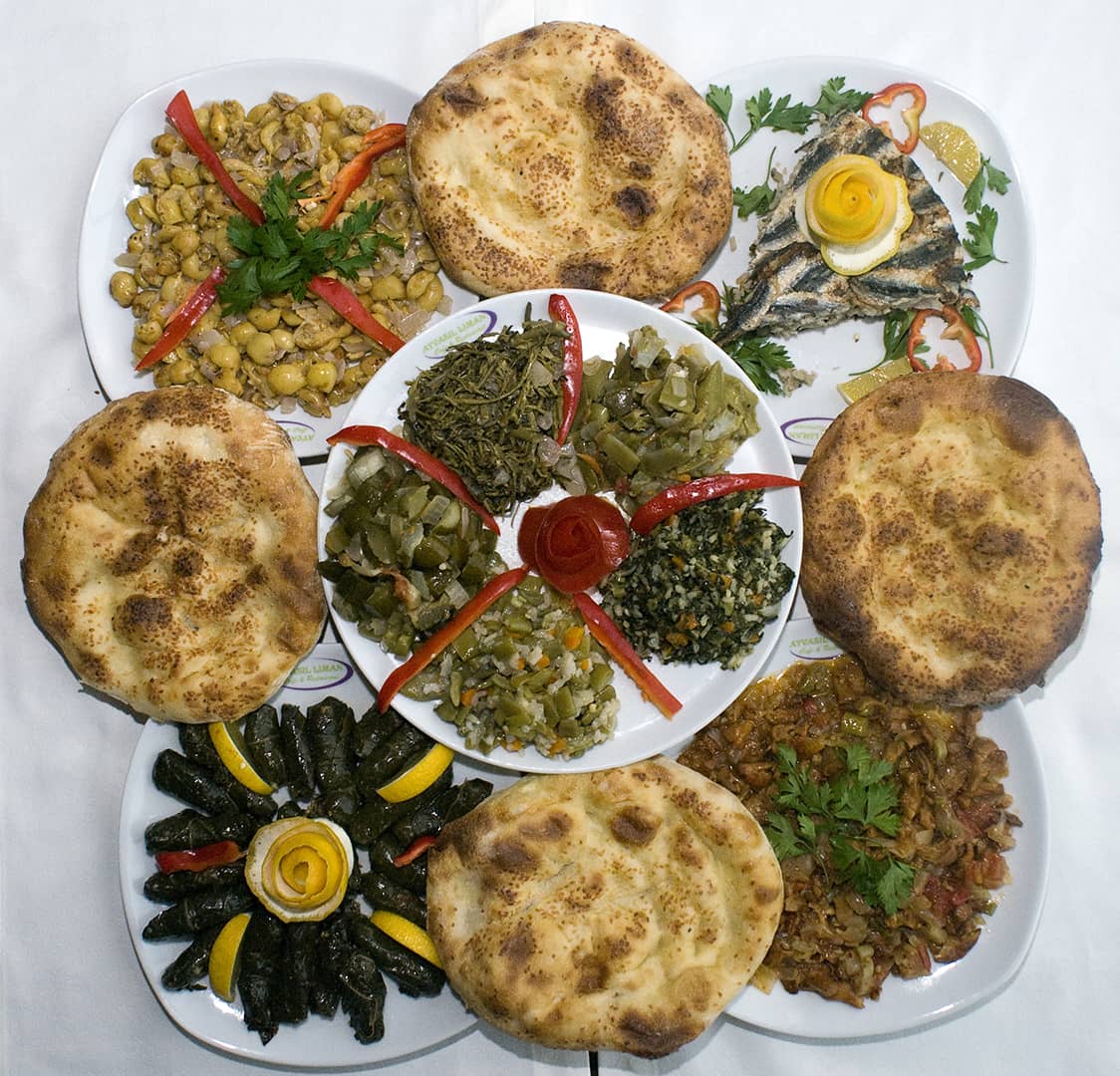
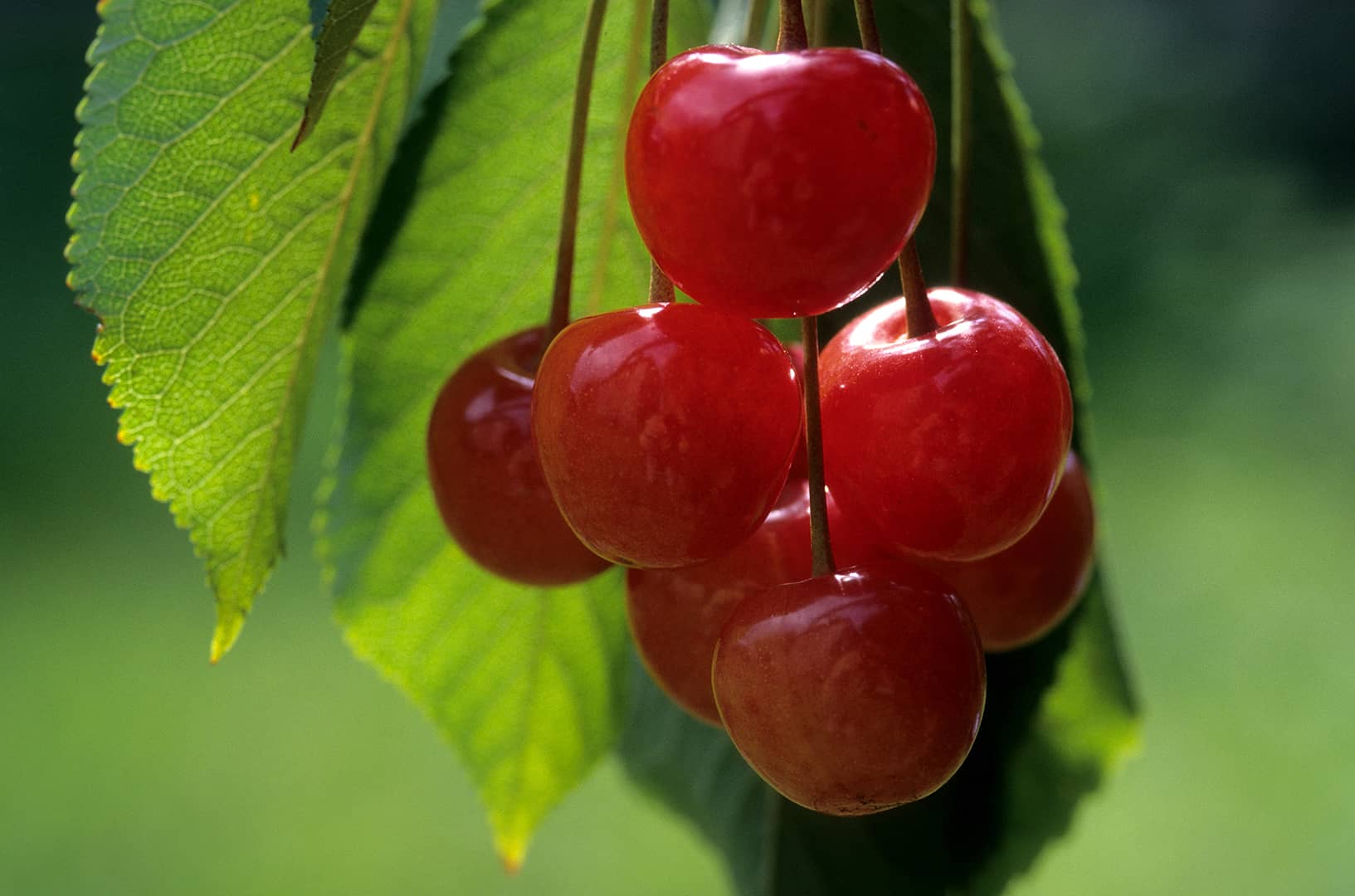
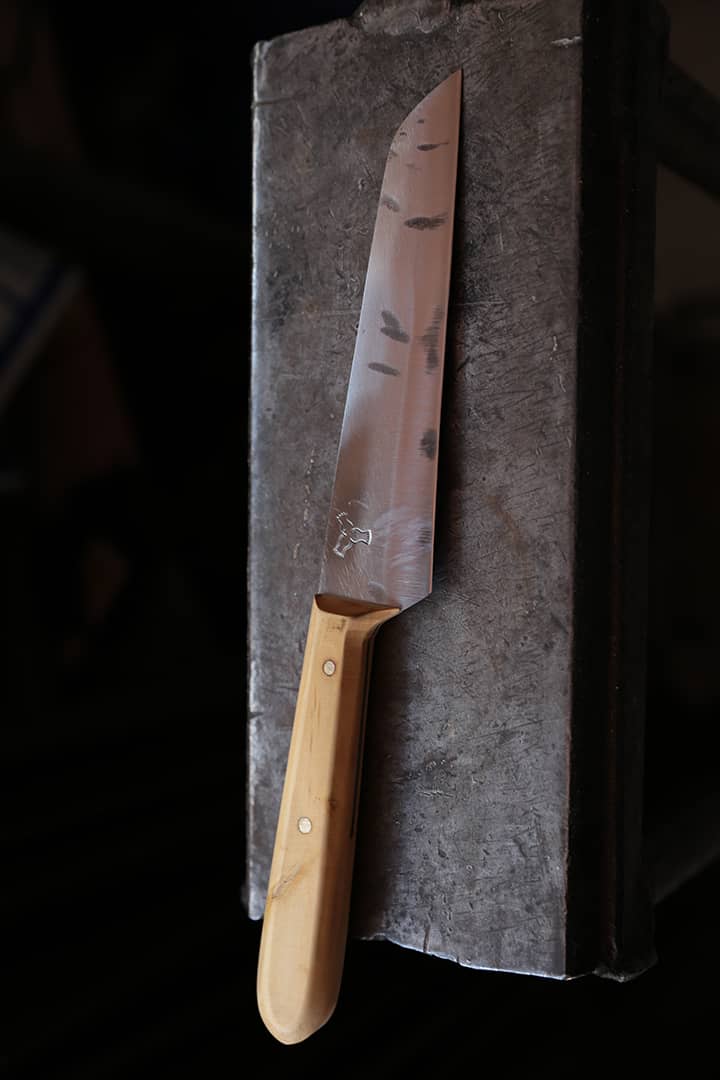
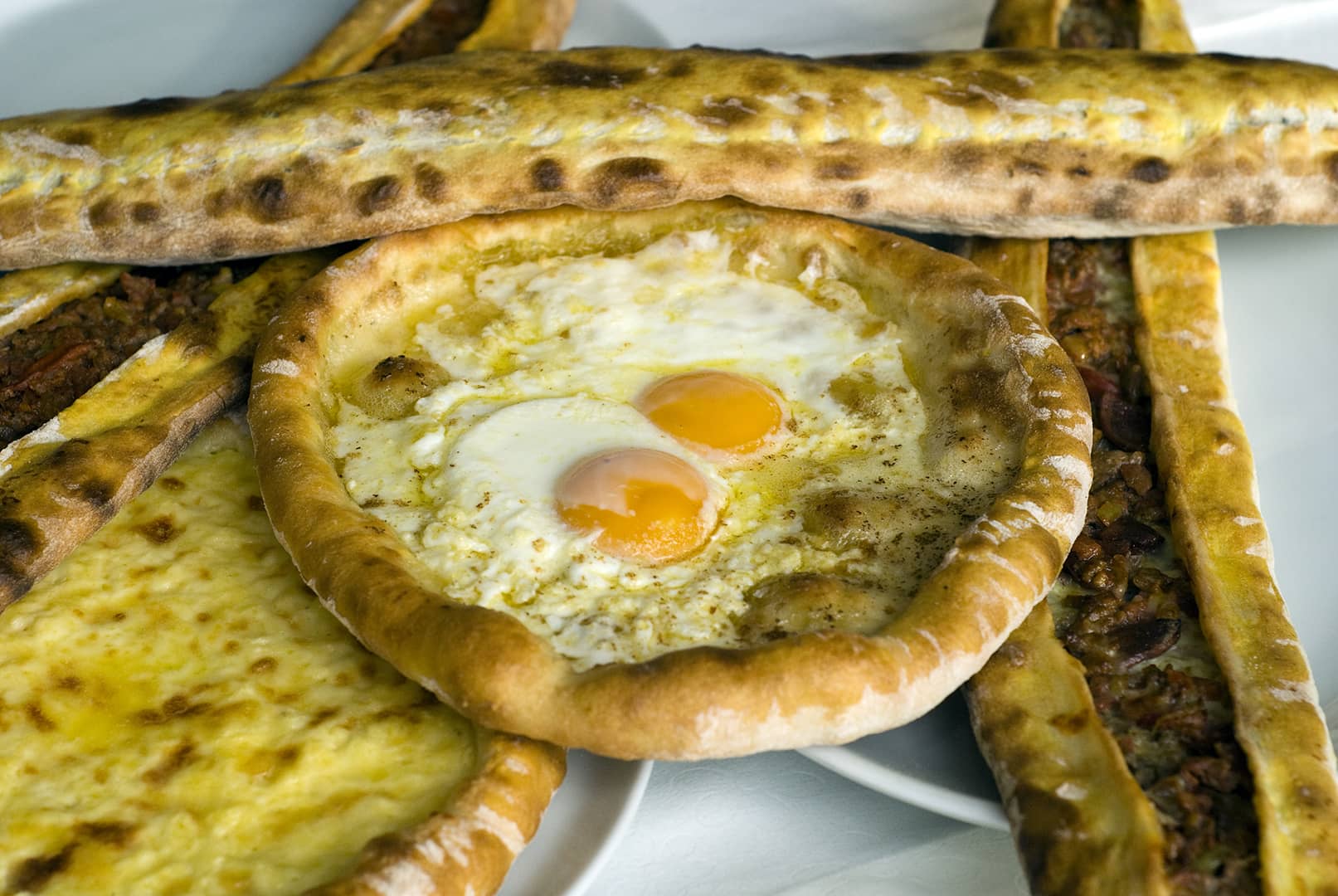
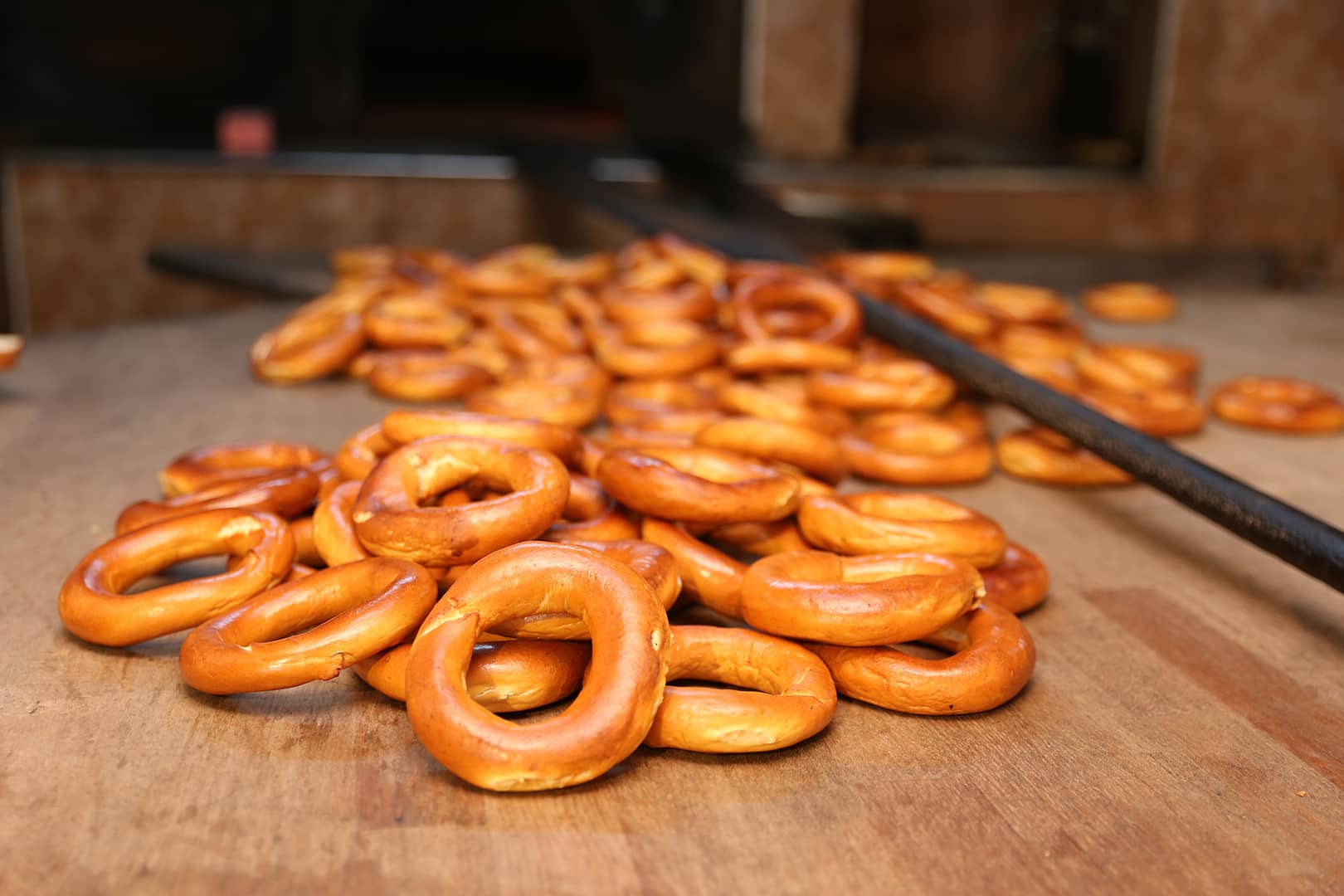
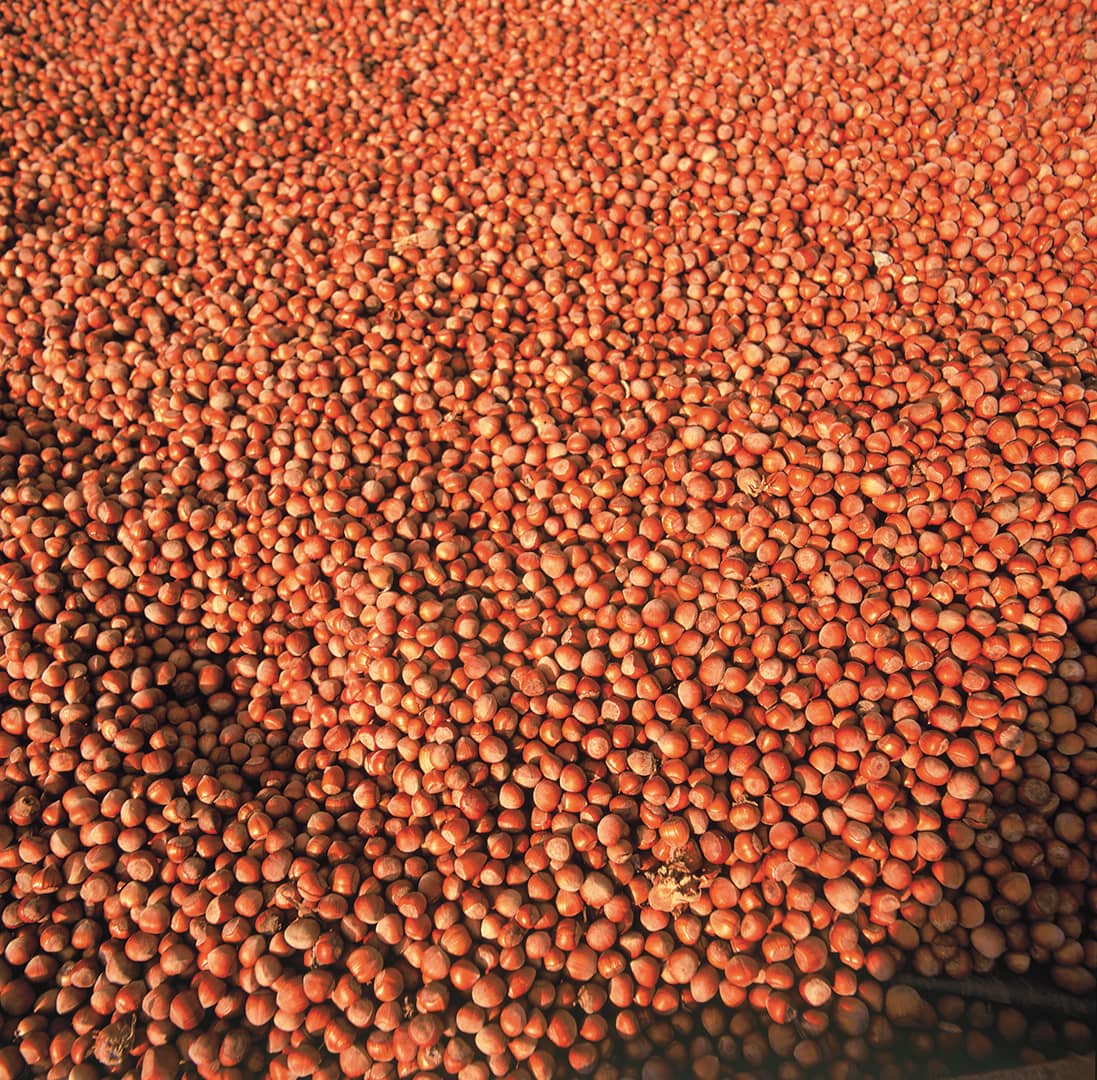
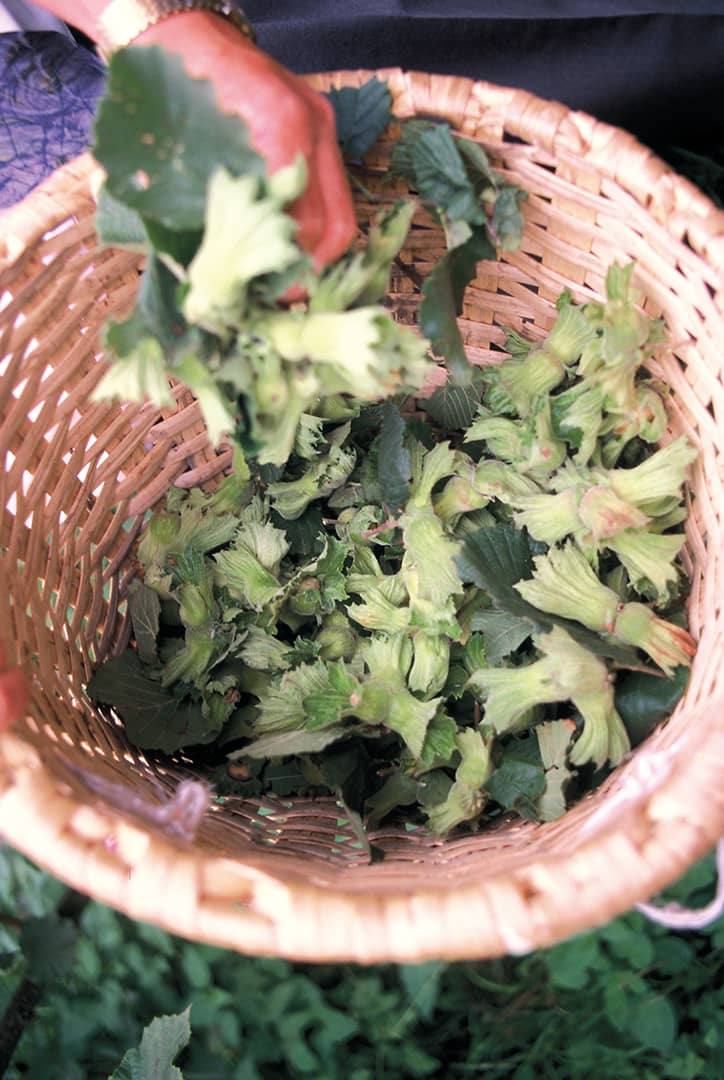
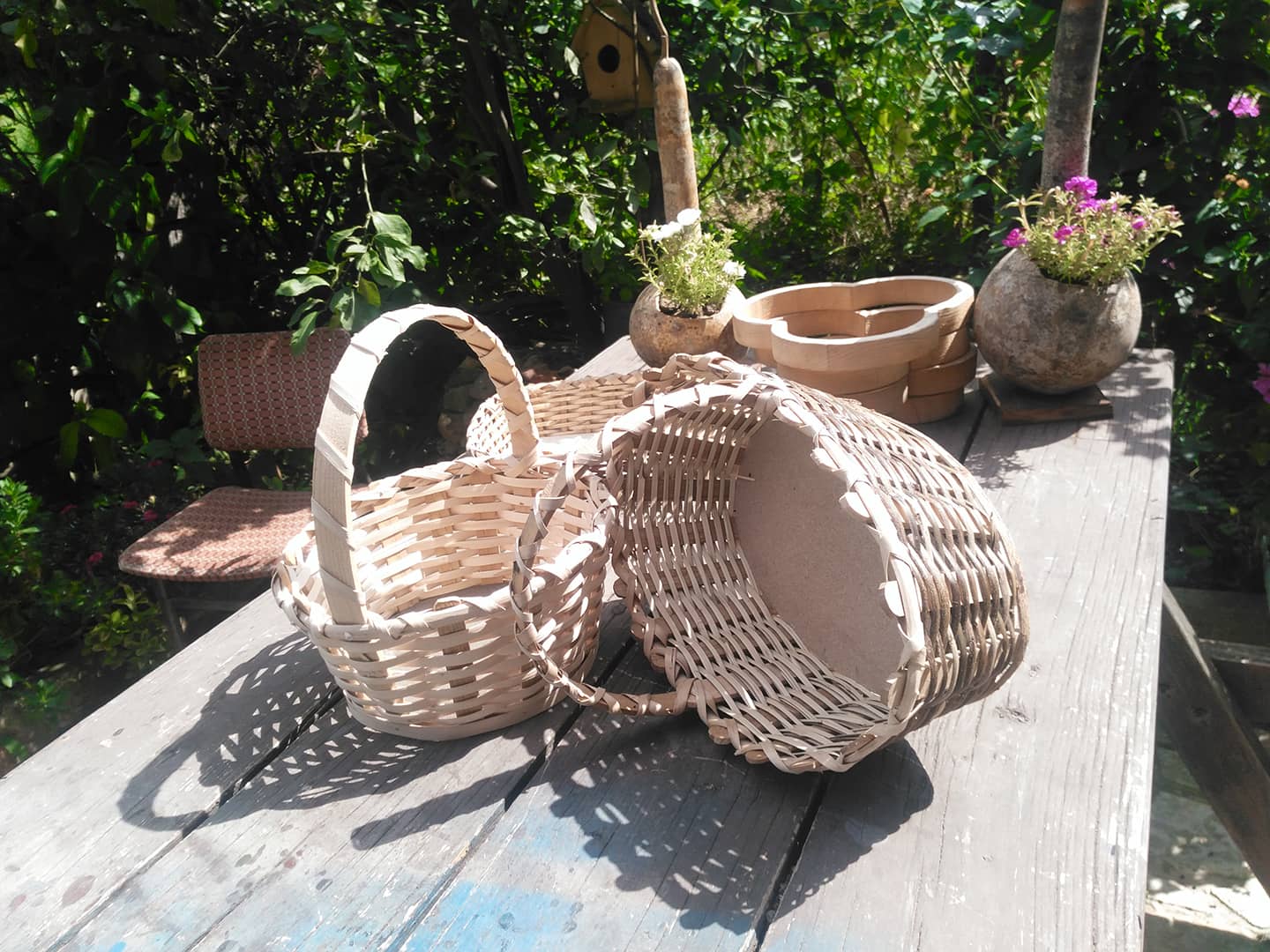
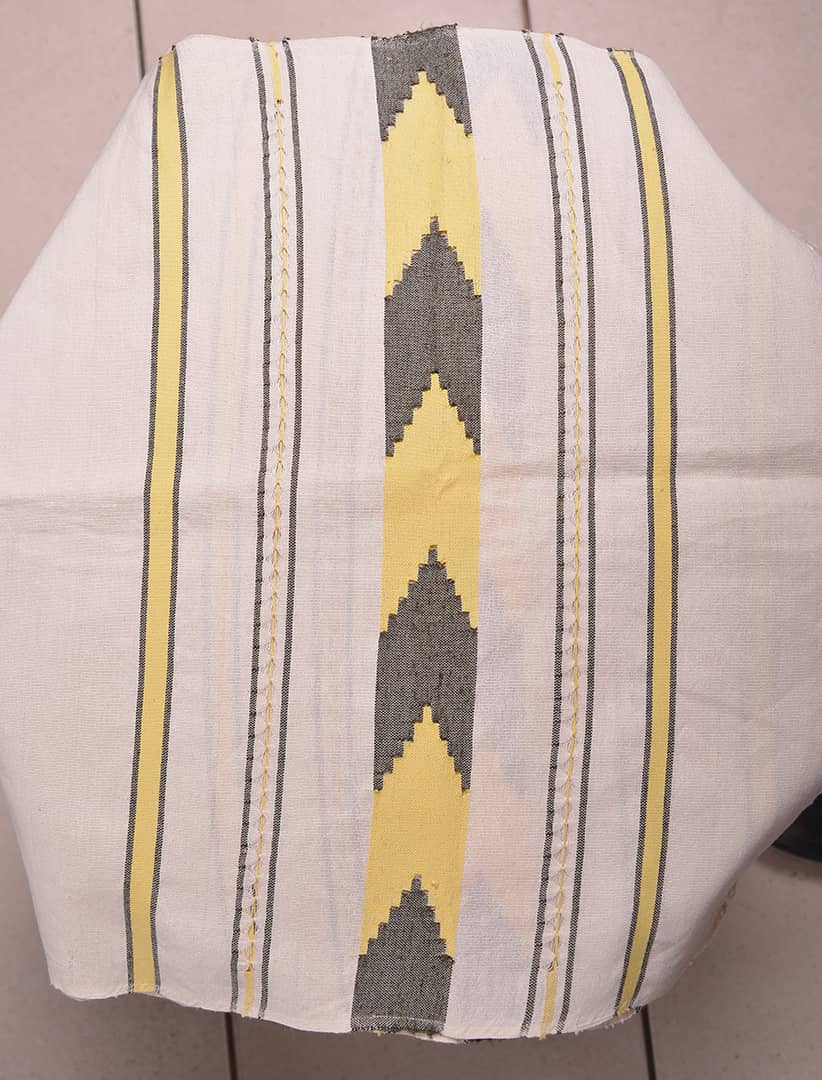
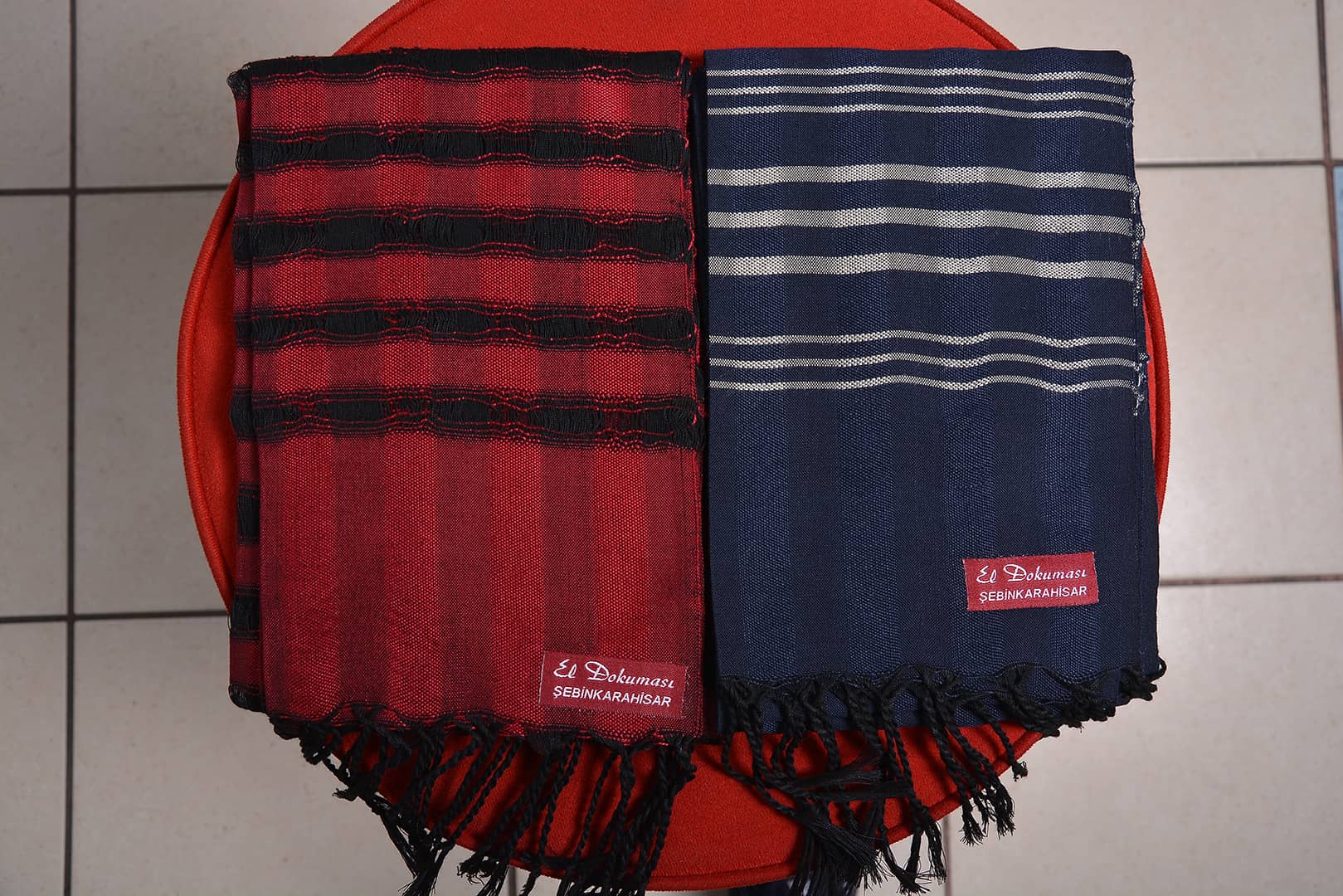
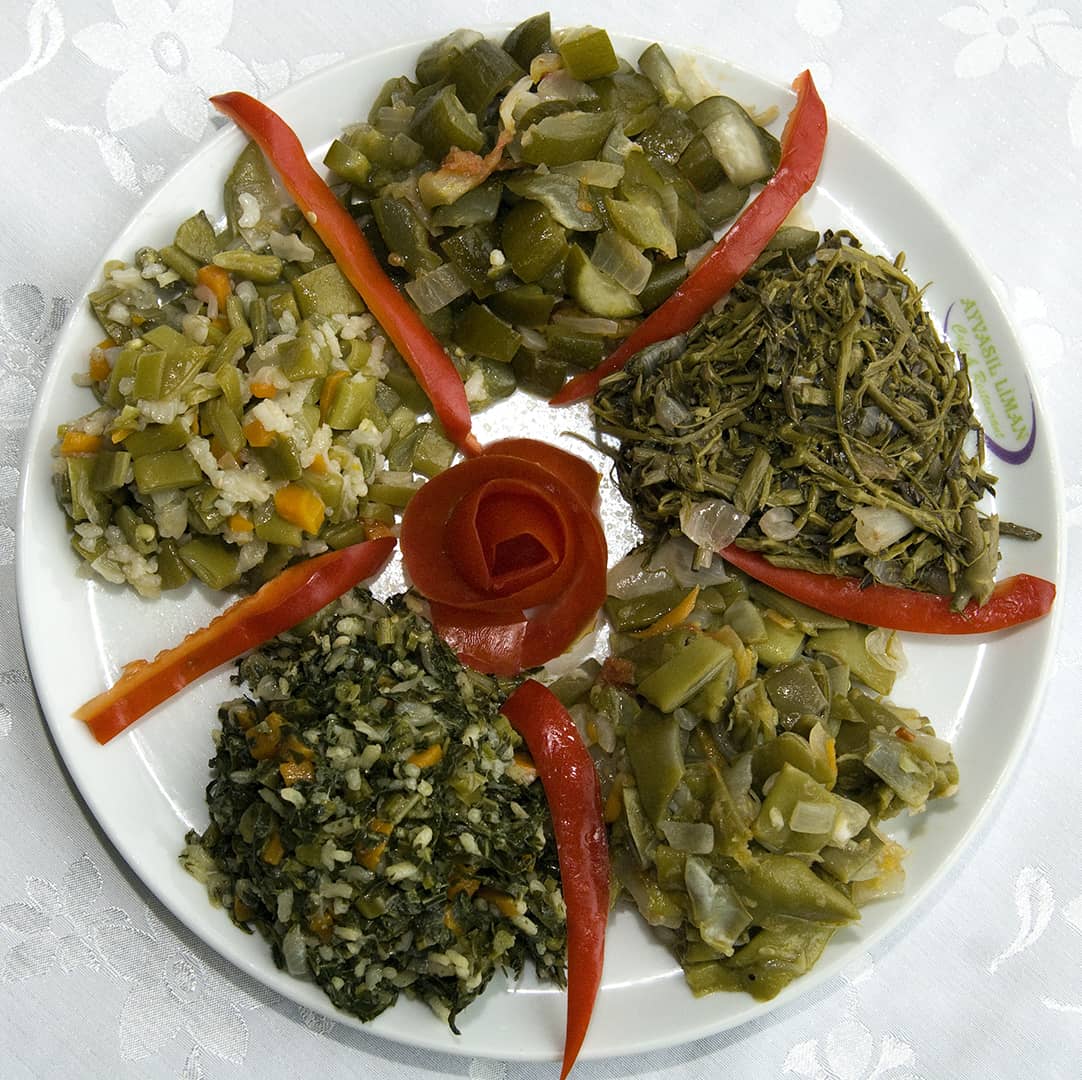
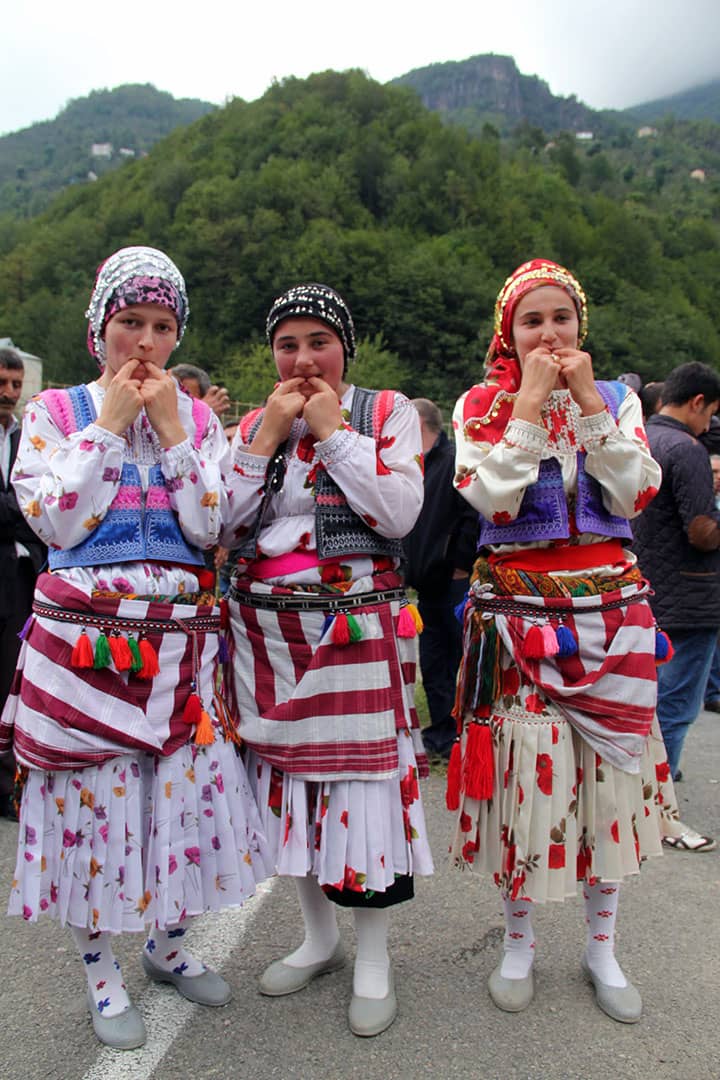
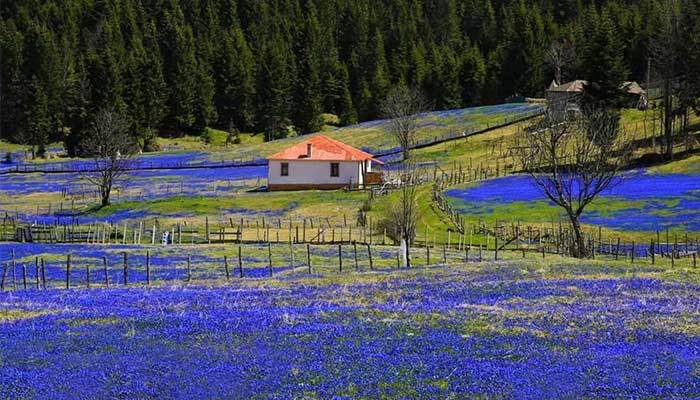
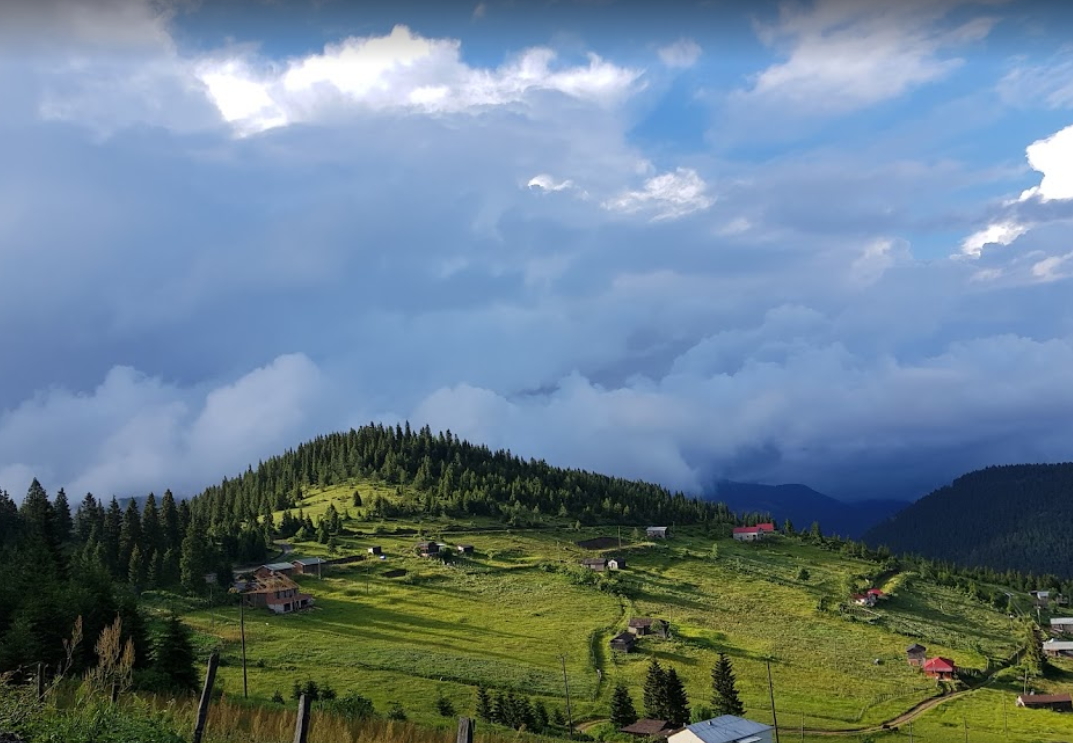
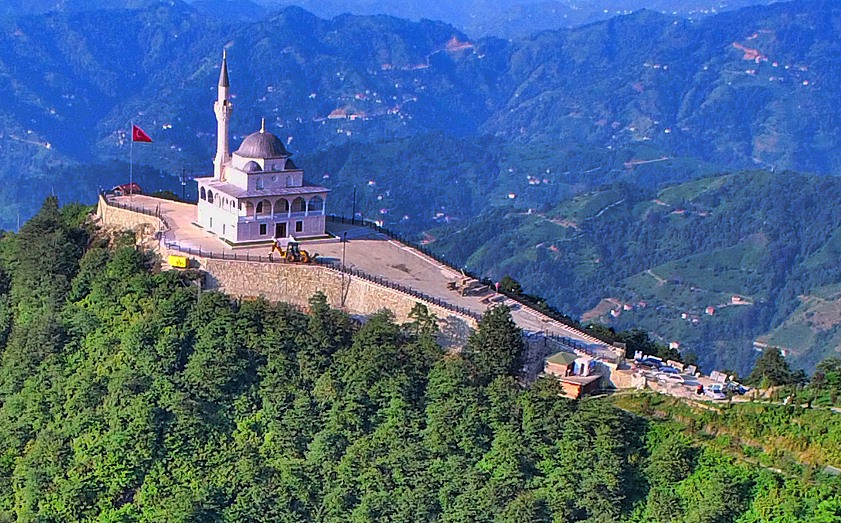
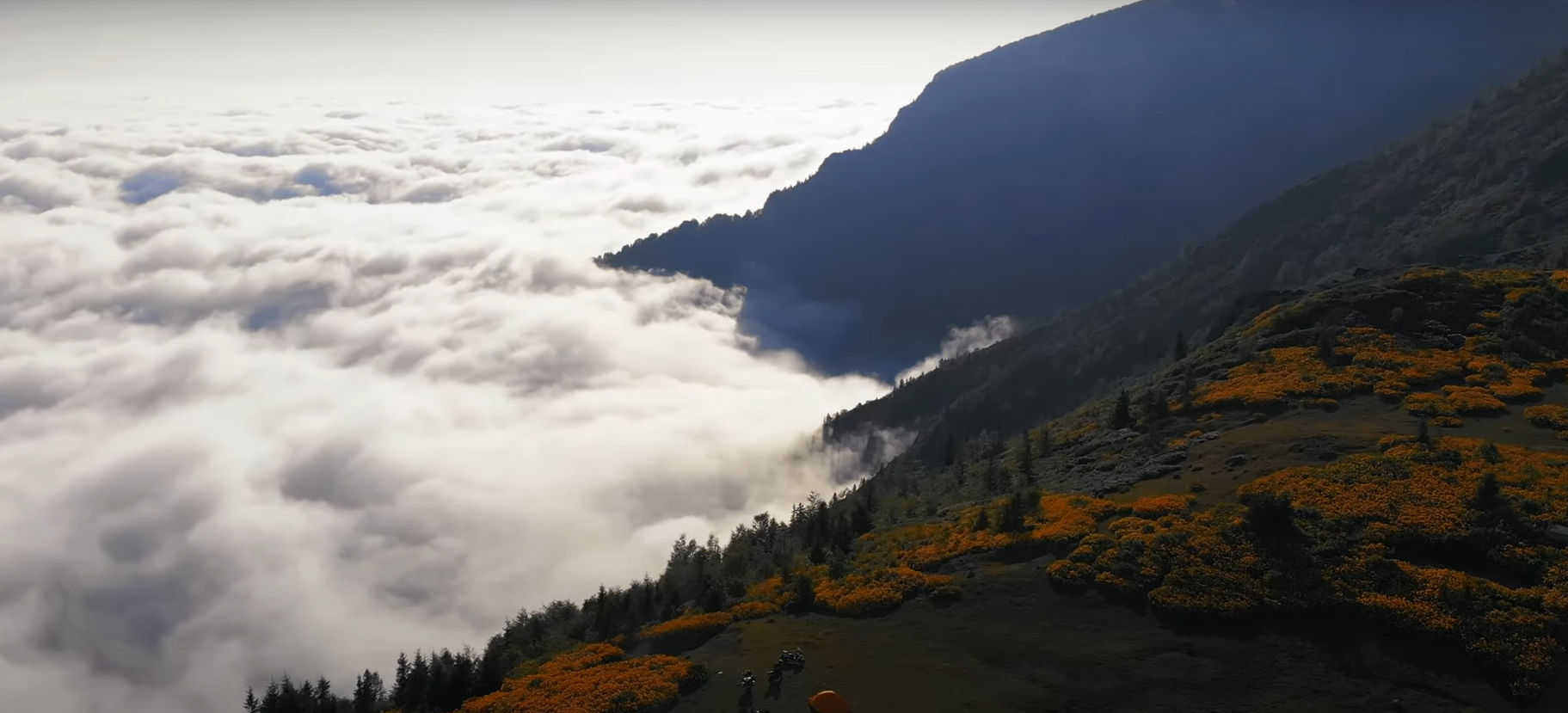
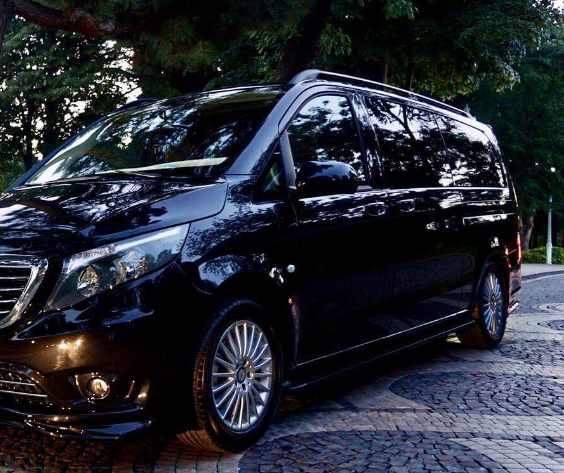
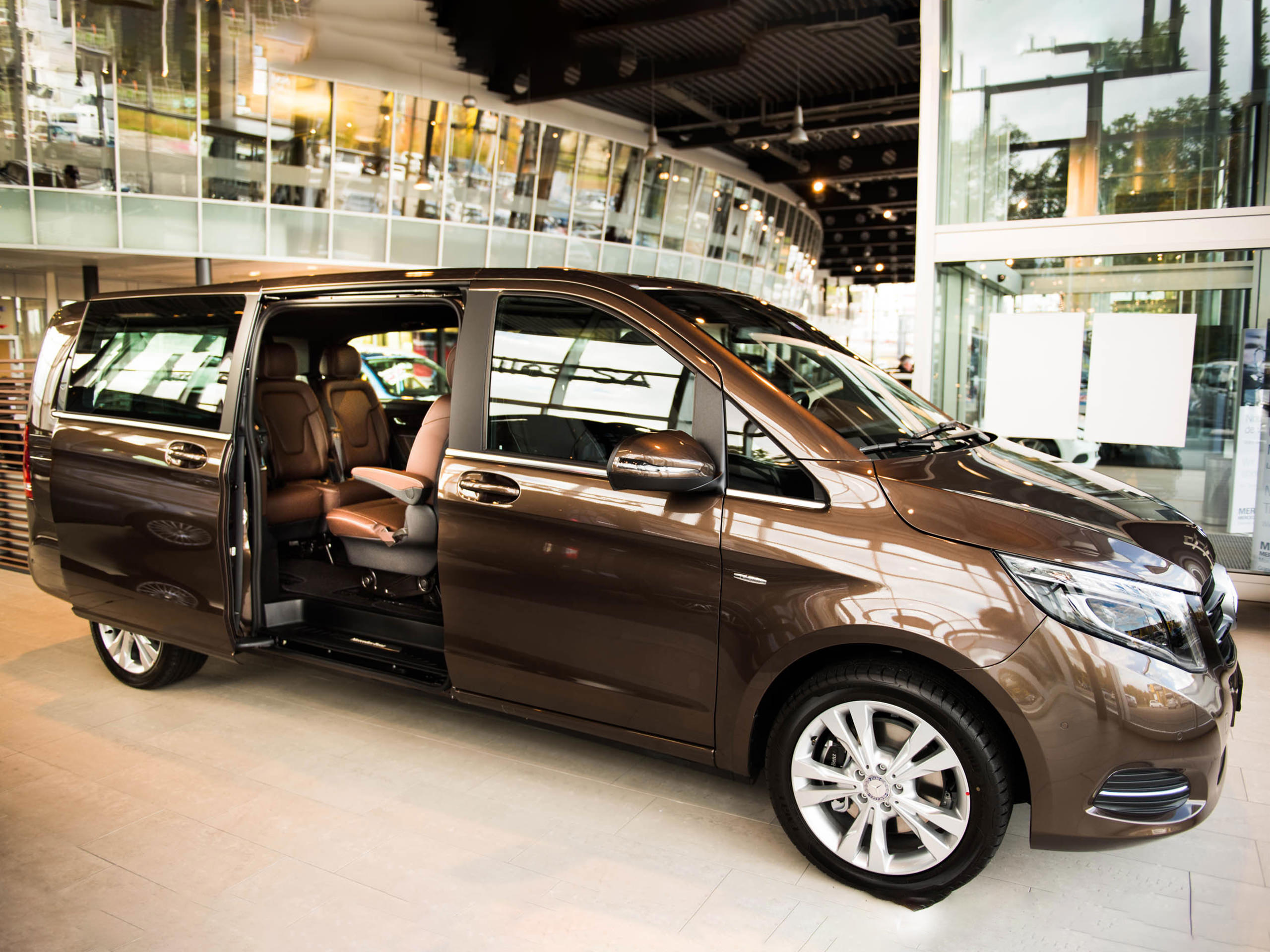
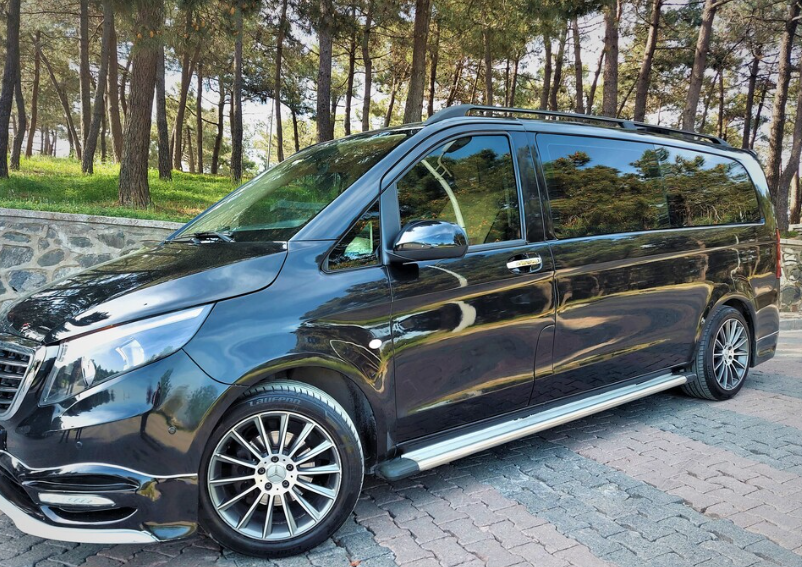

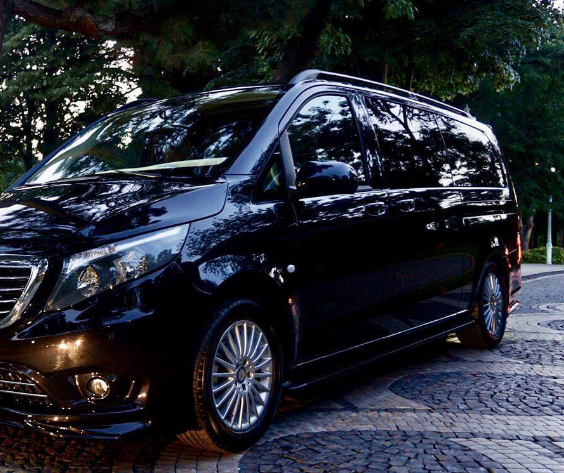
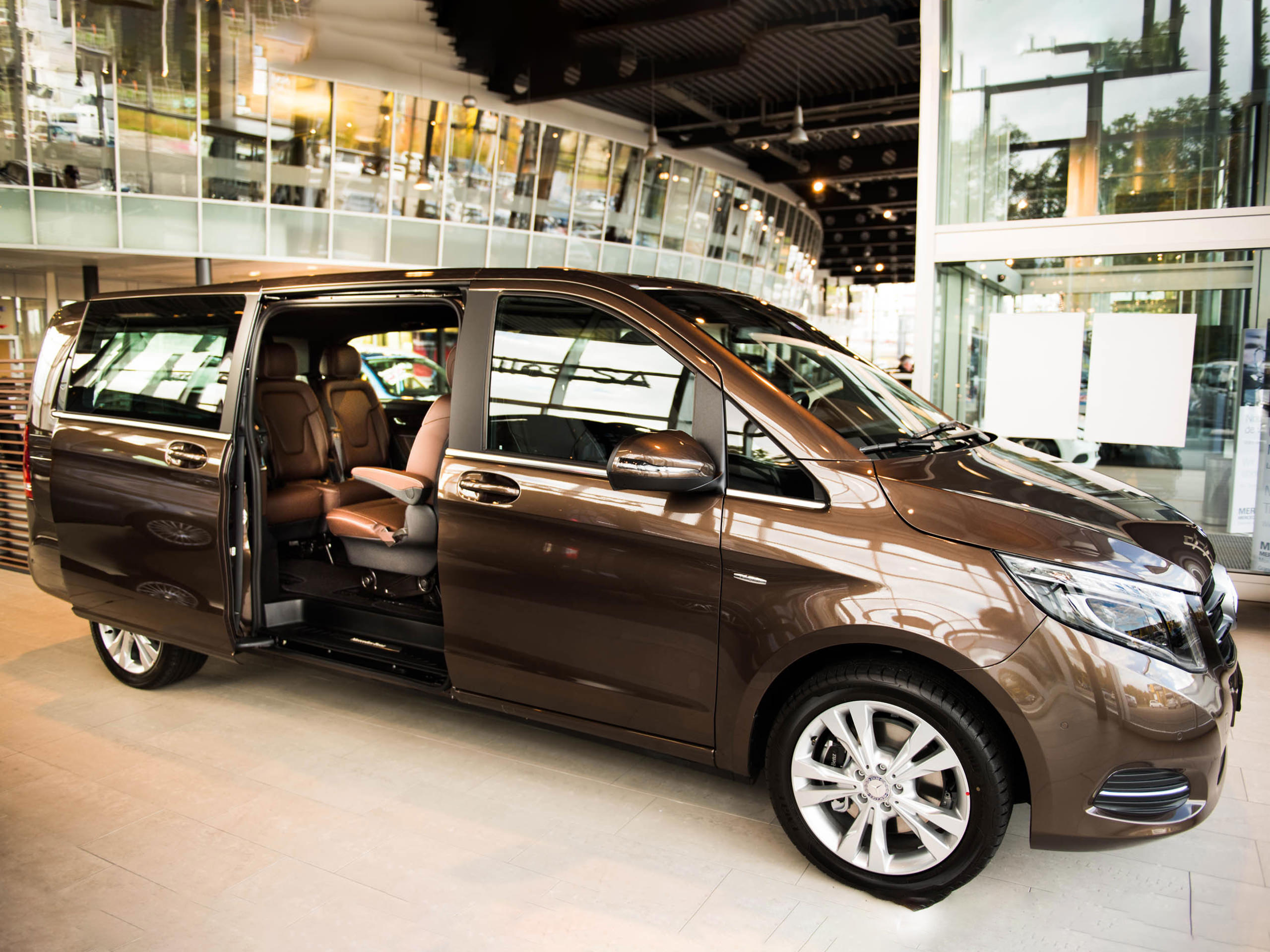
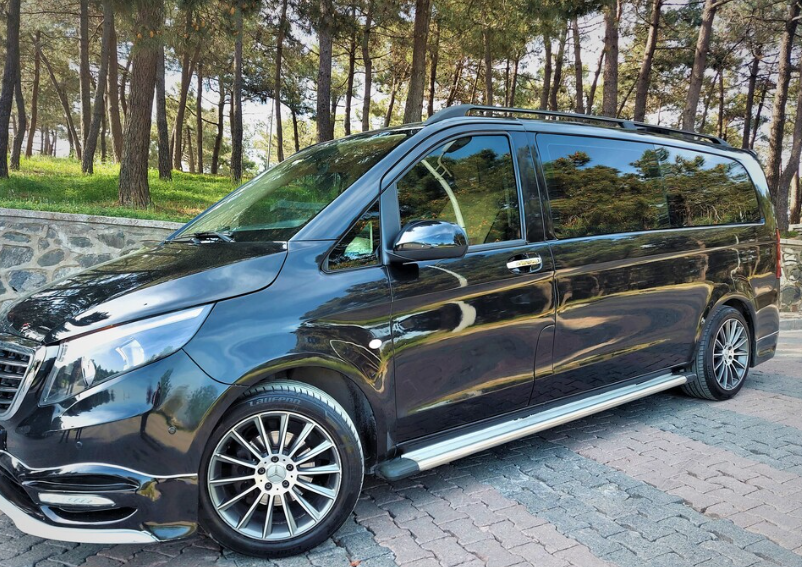

Leave Your Comments